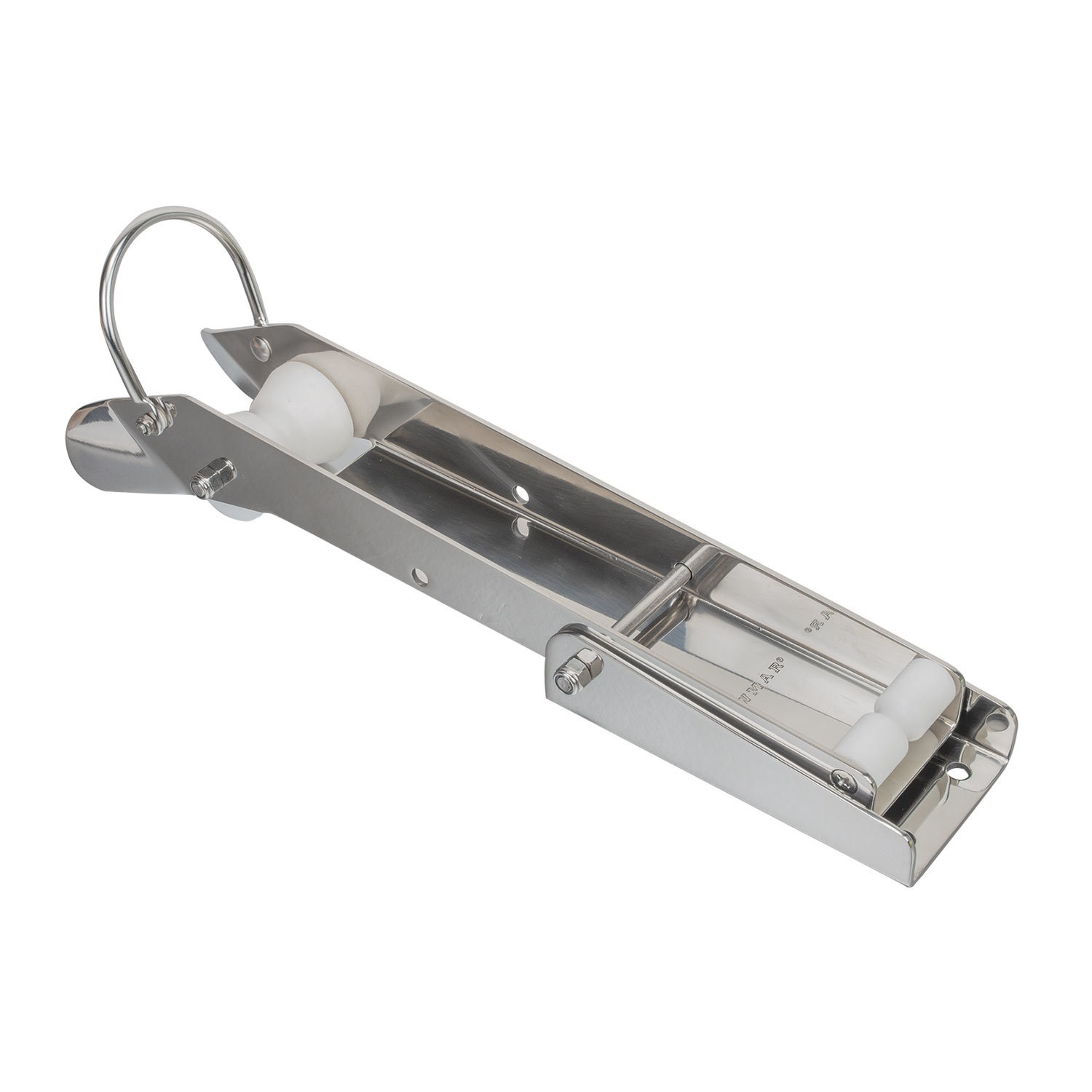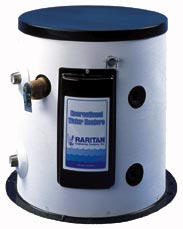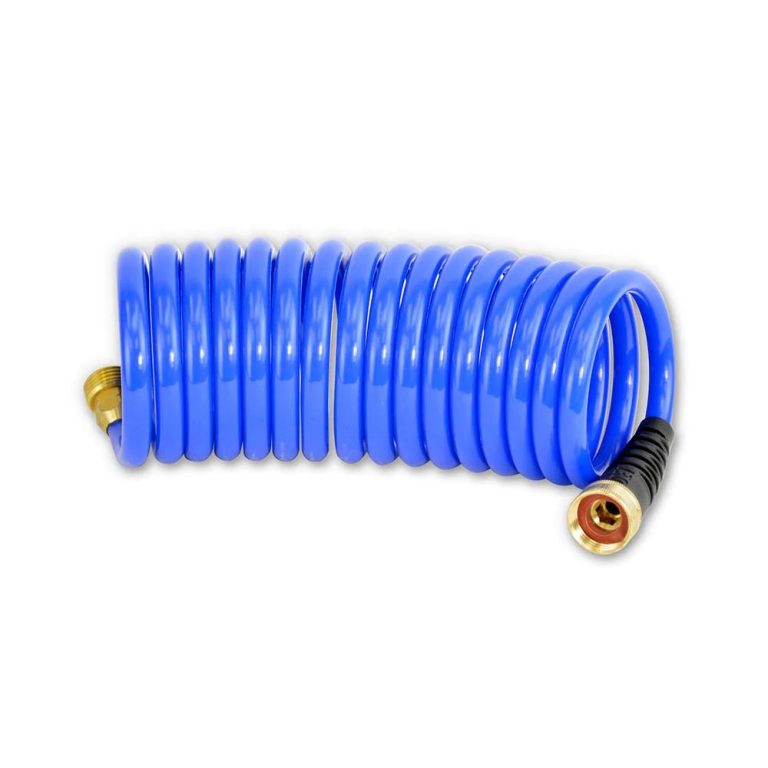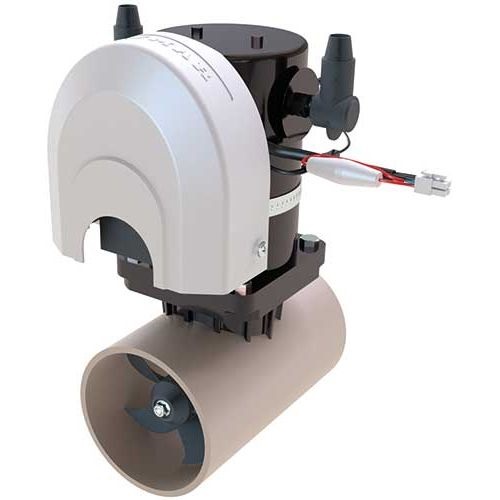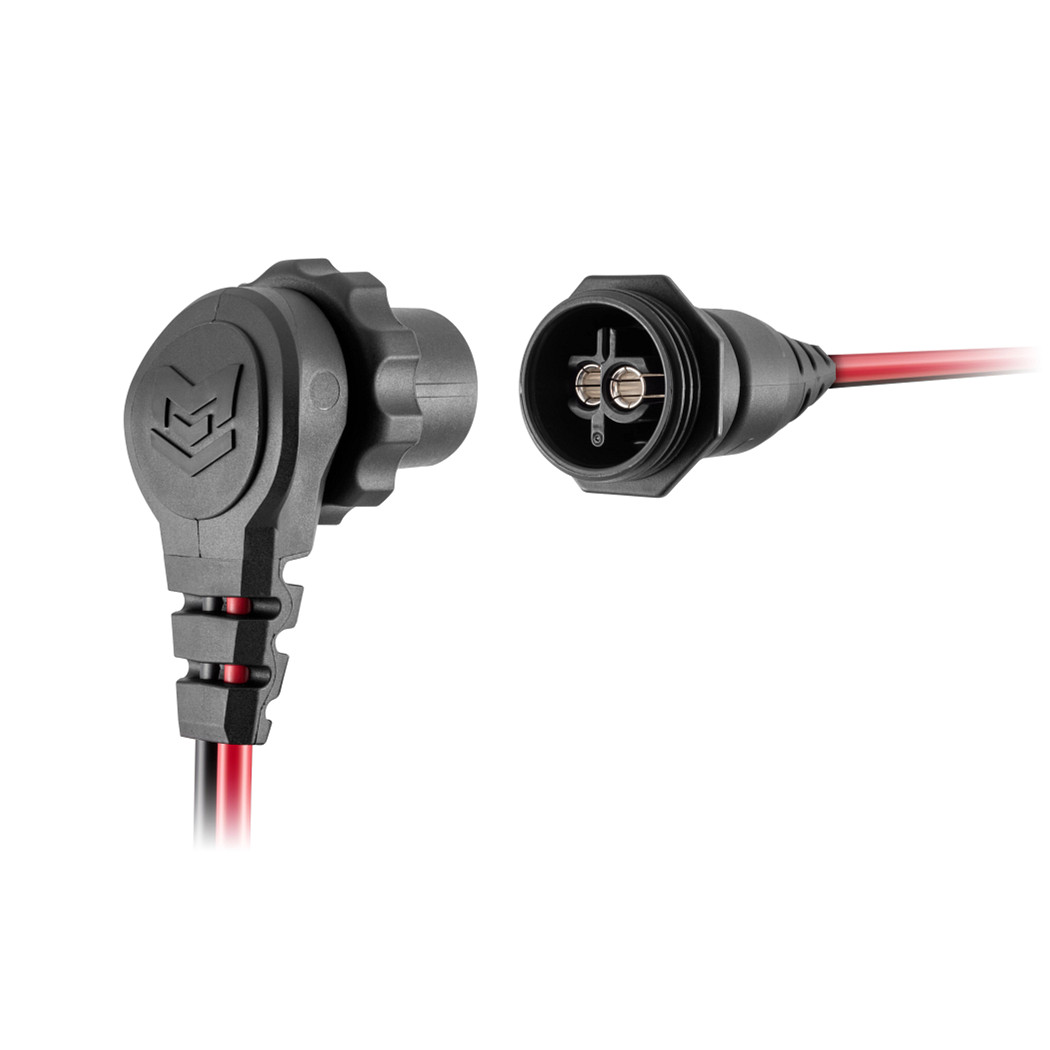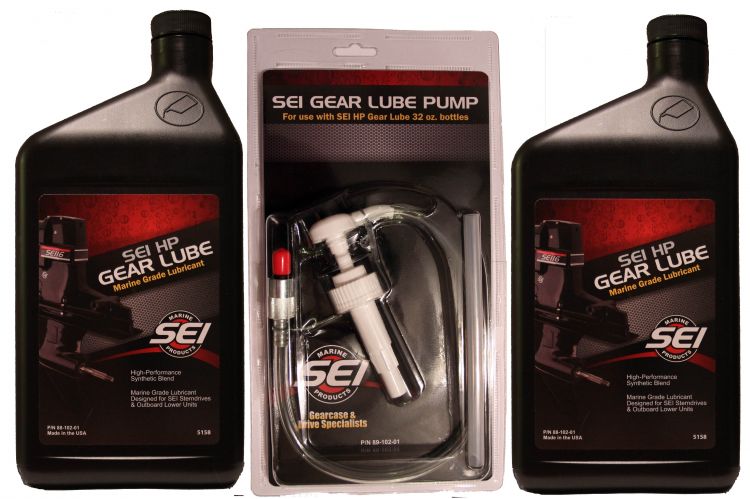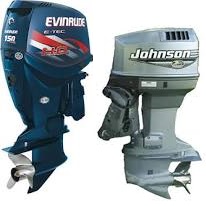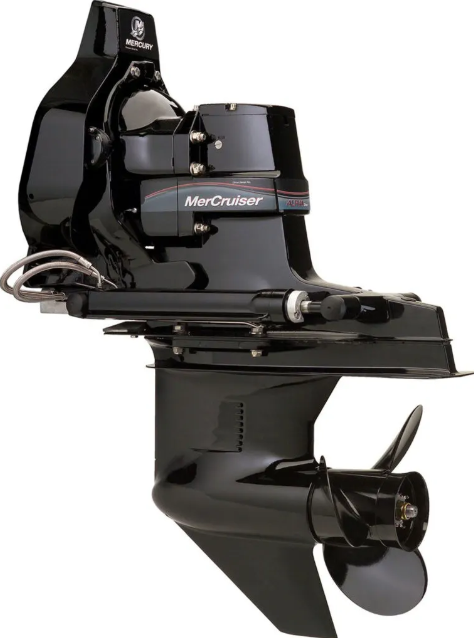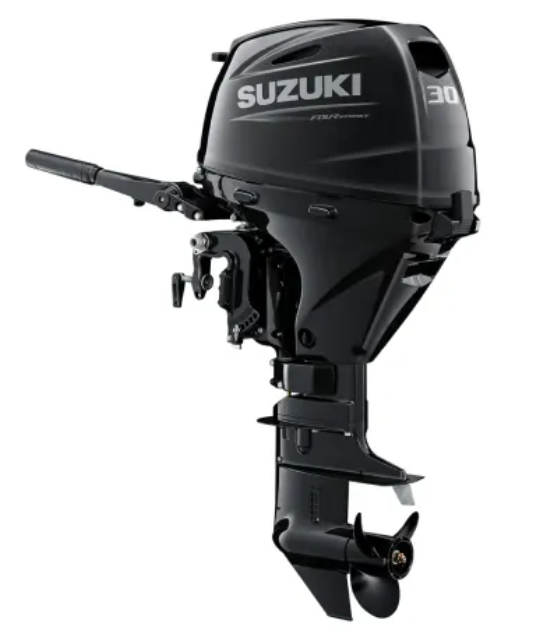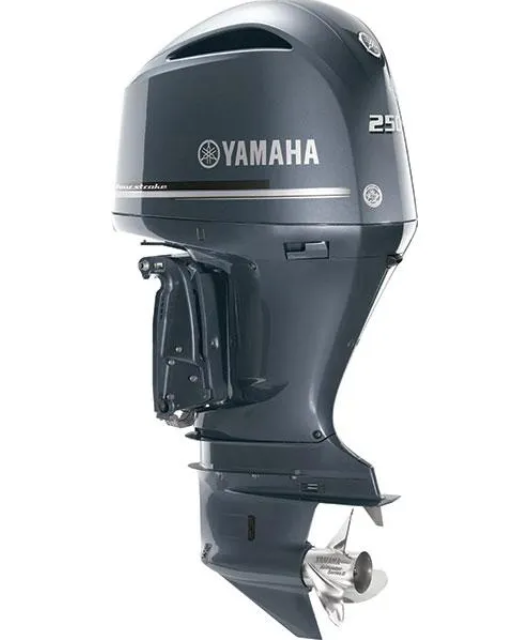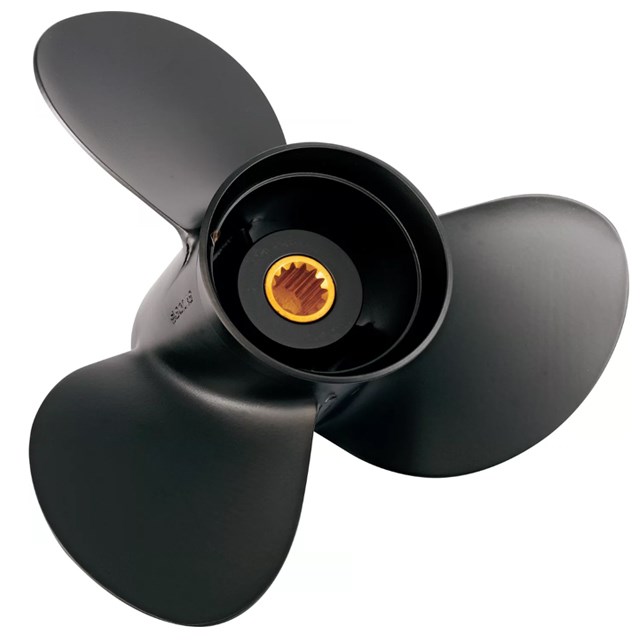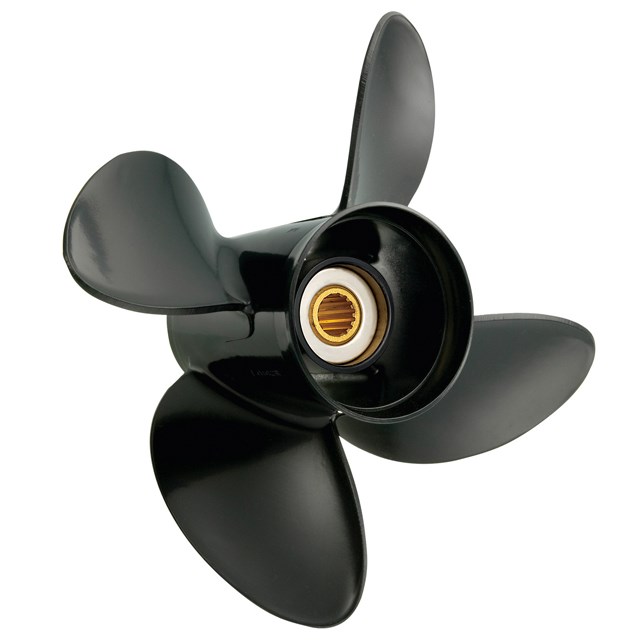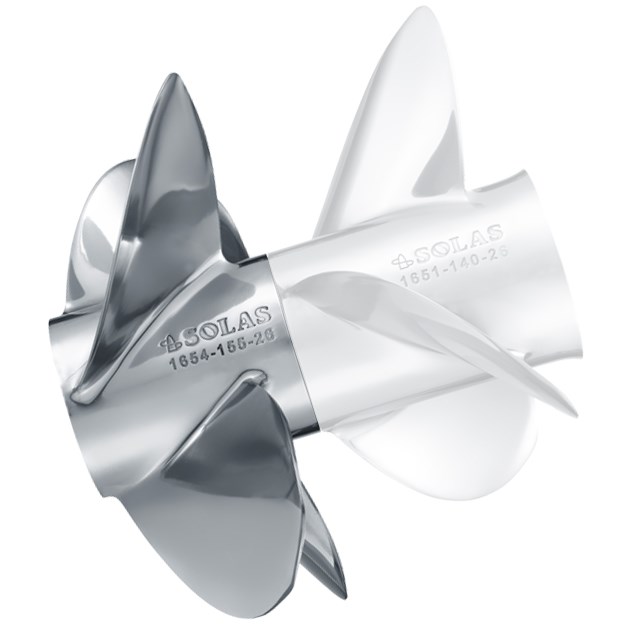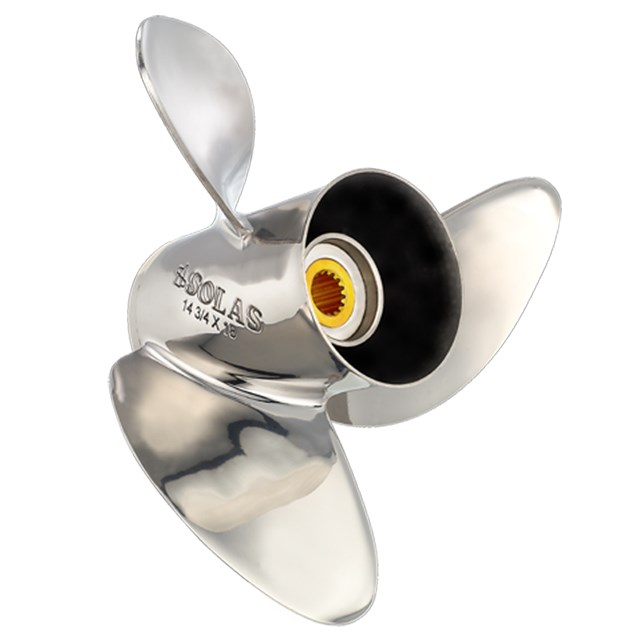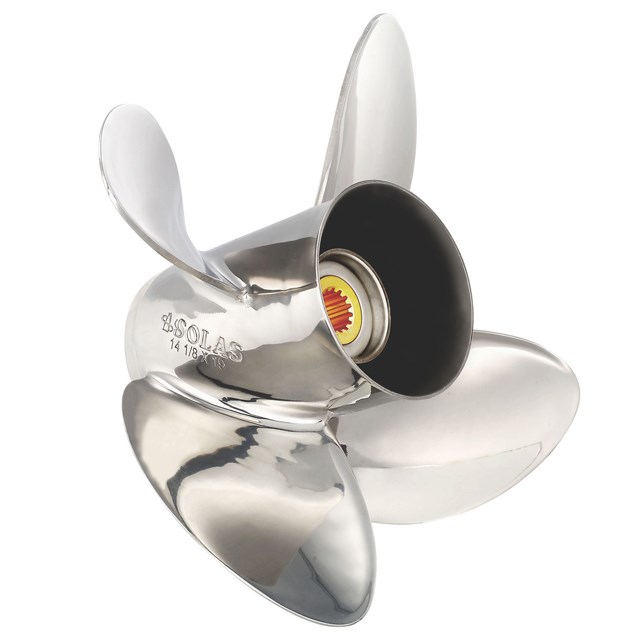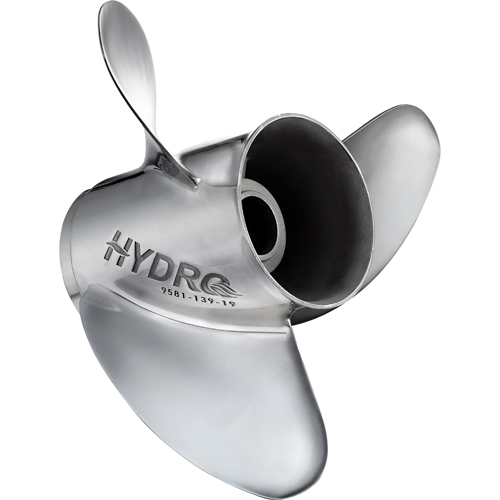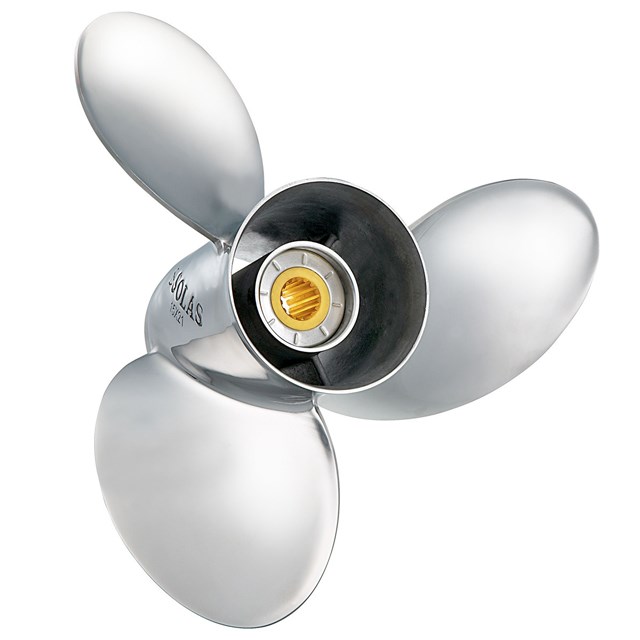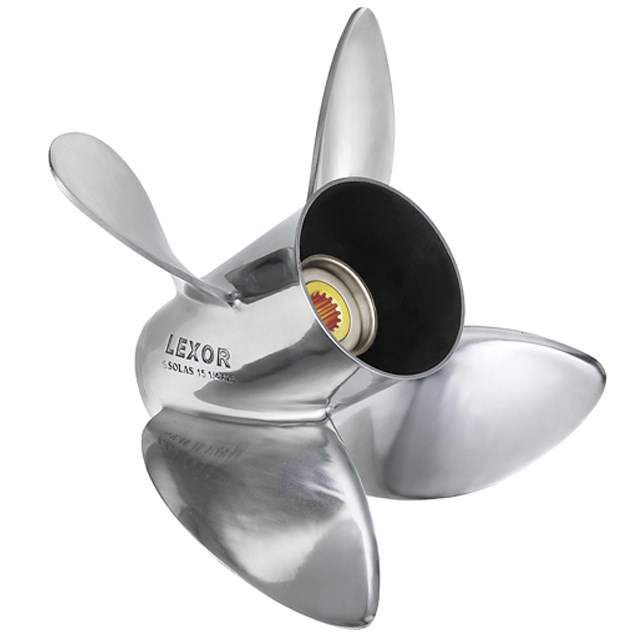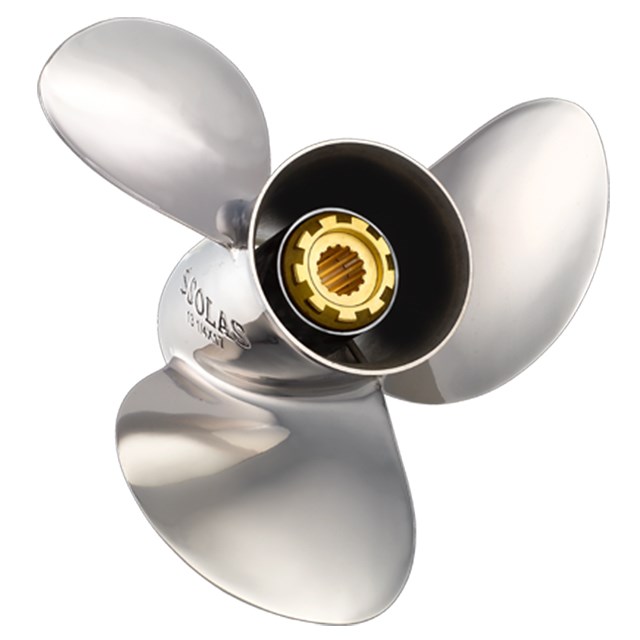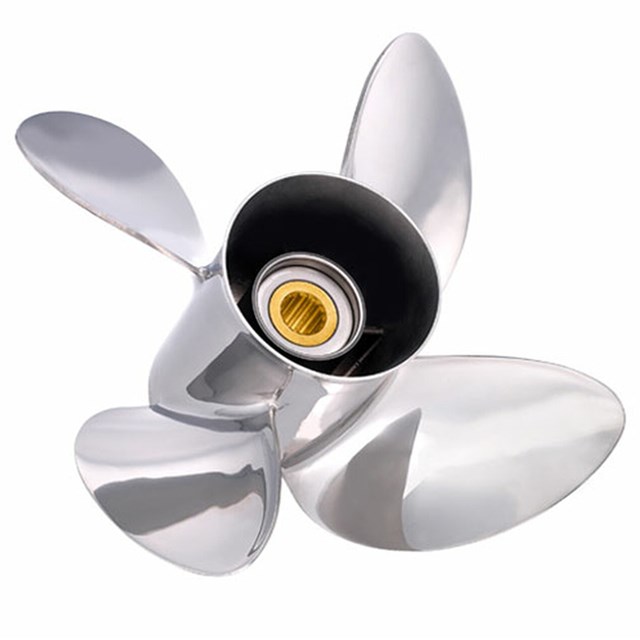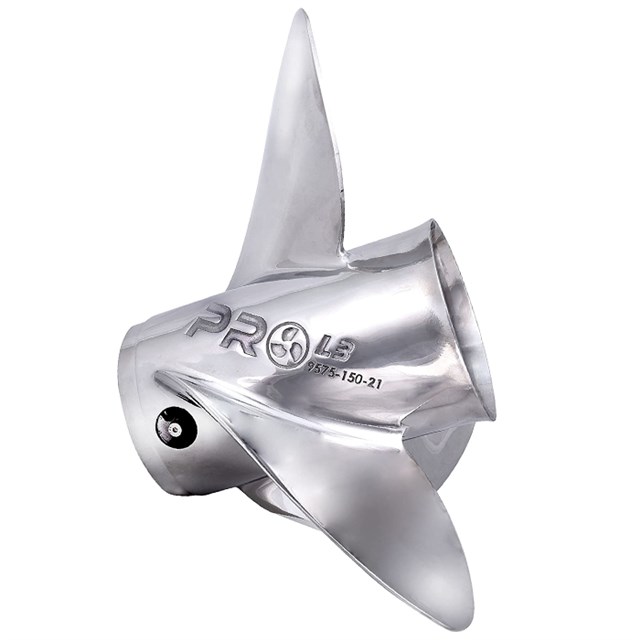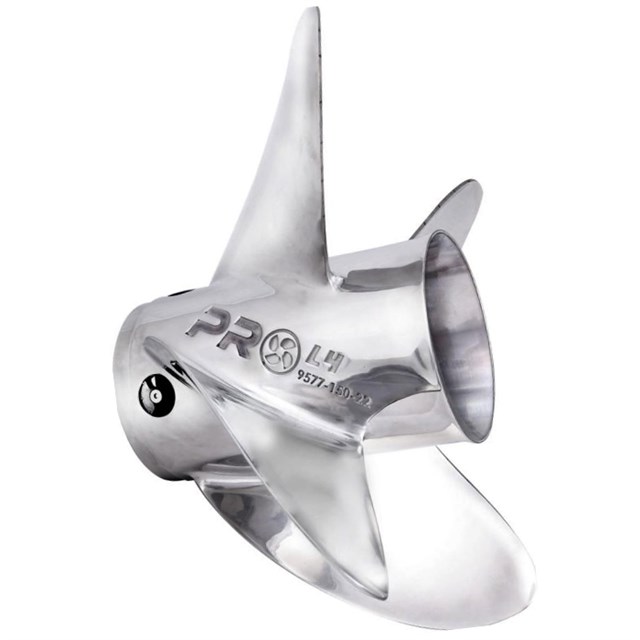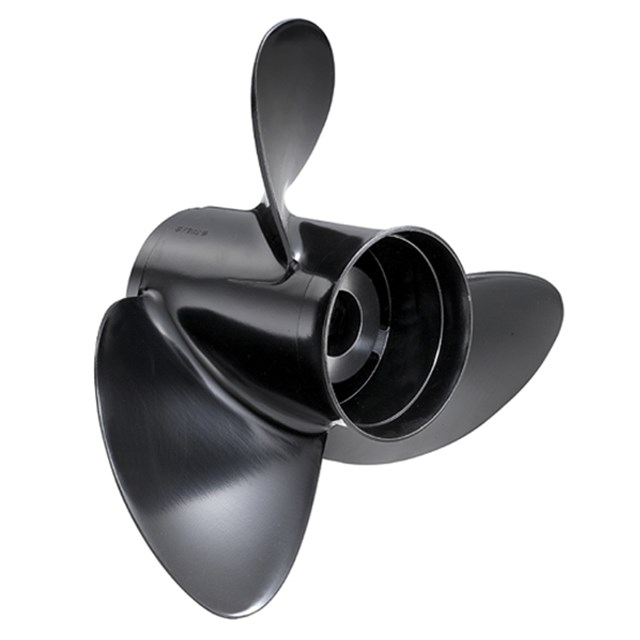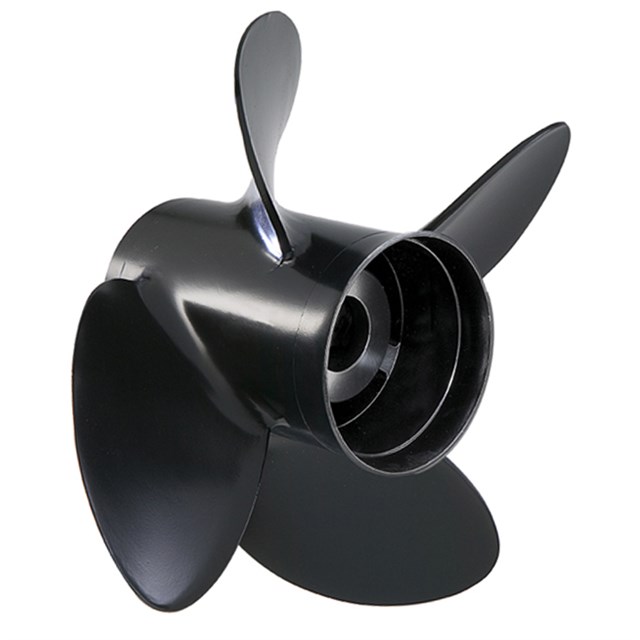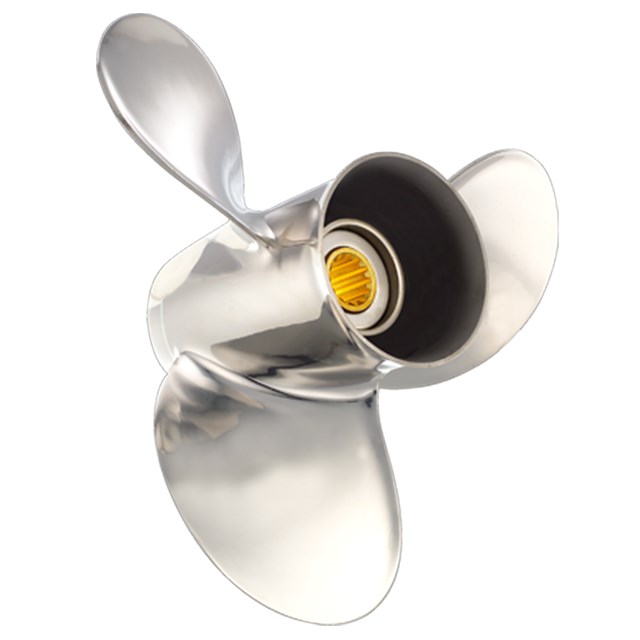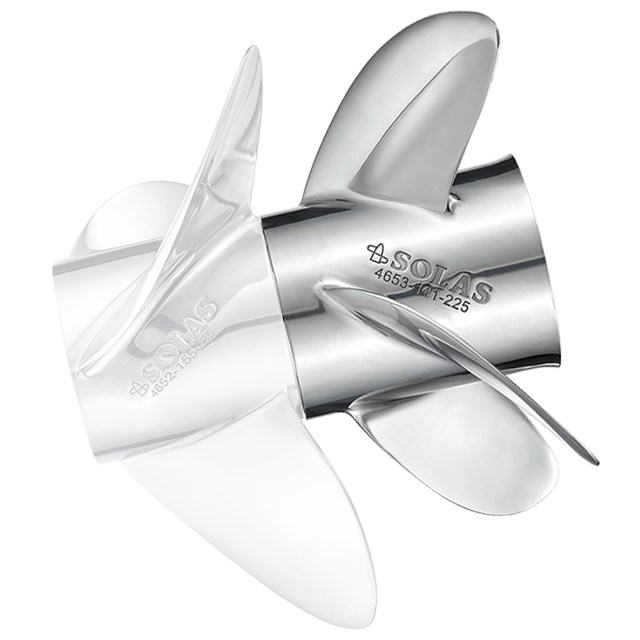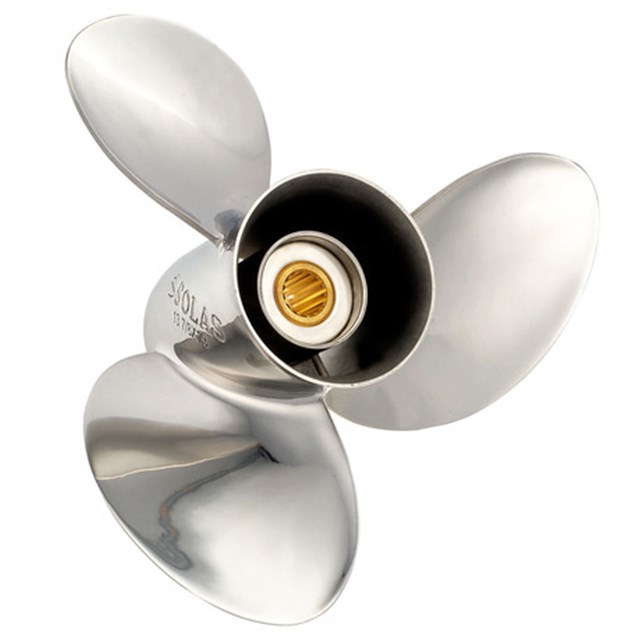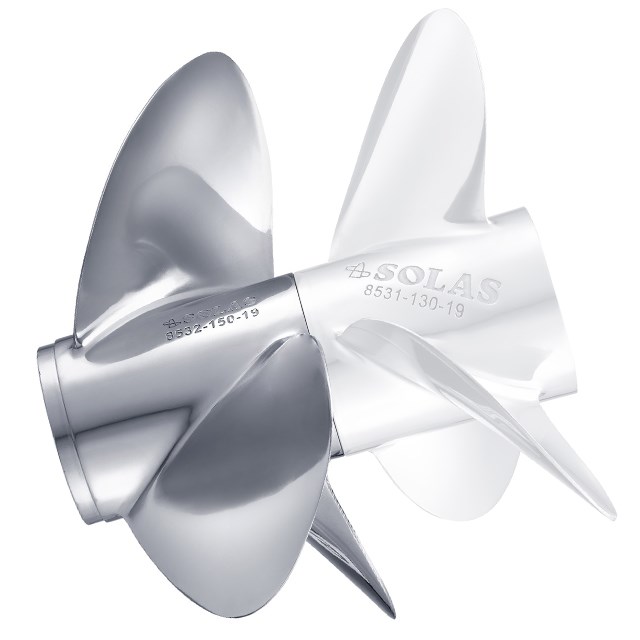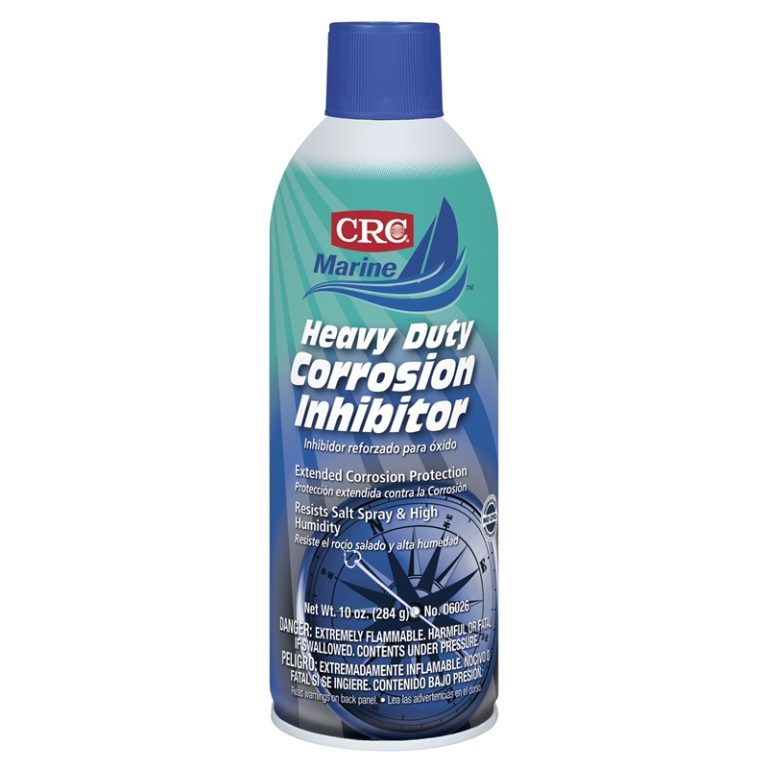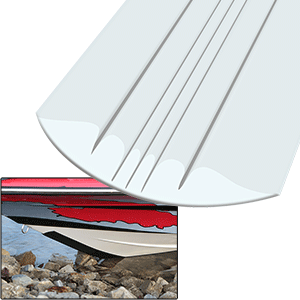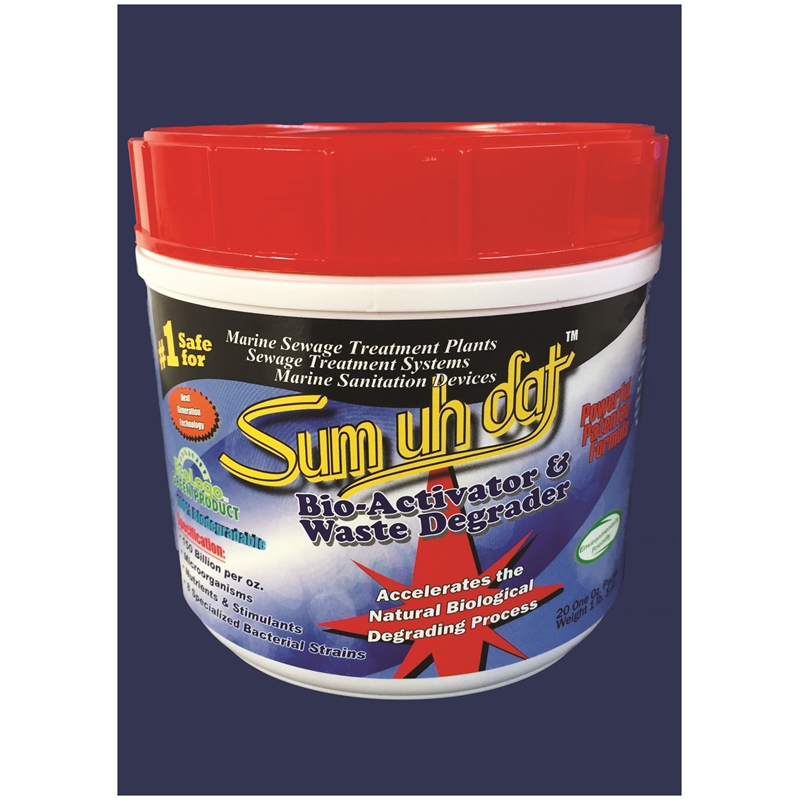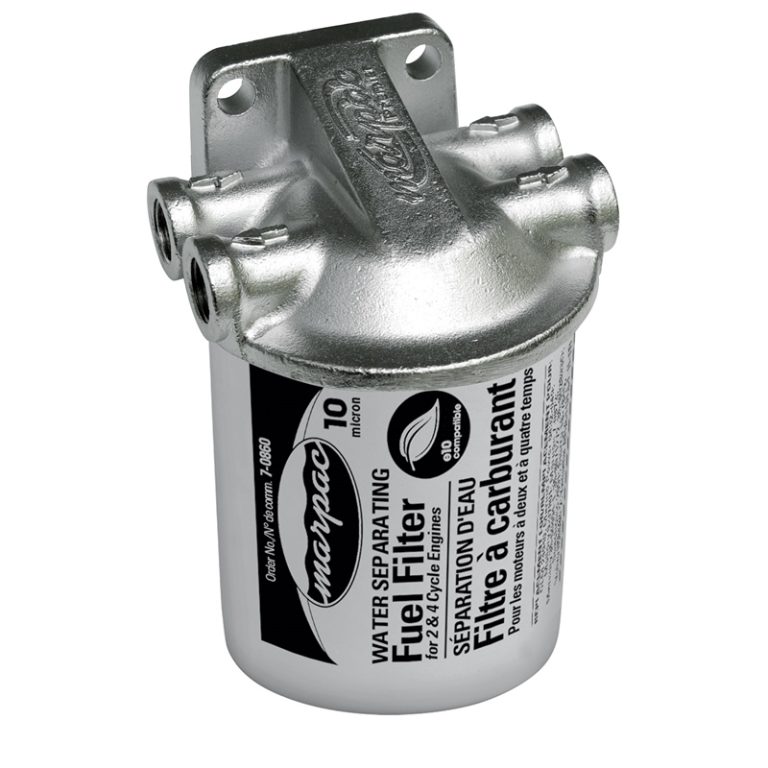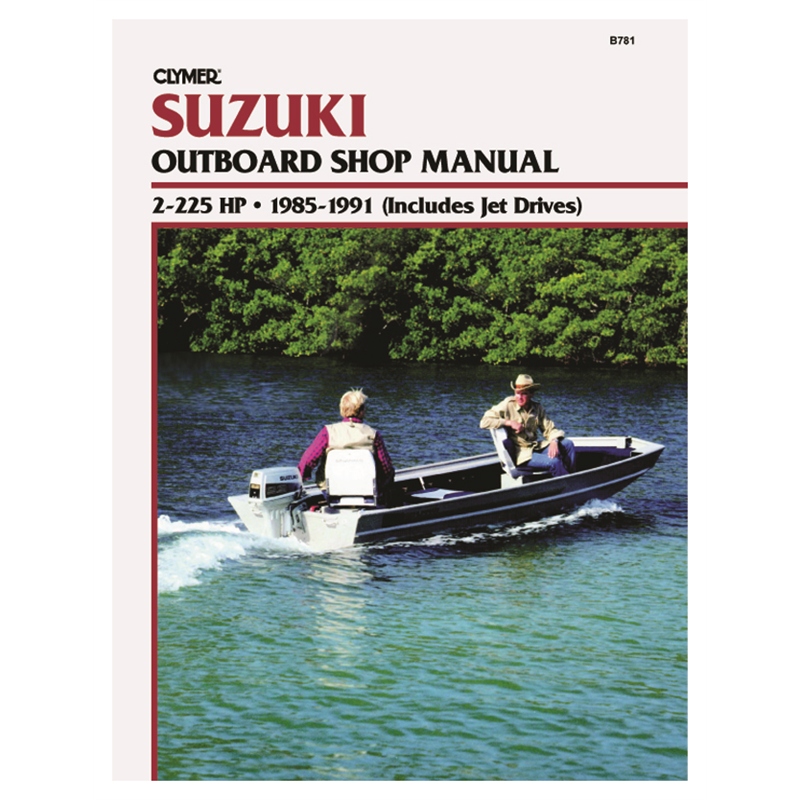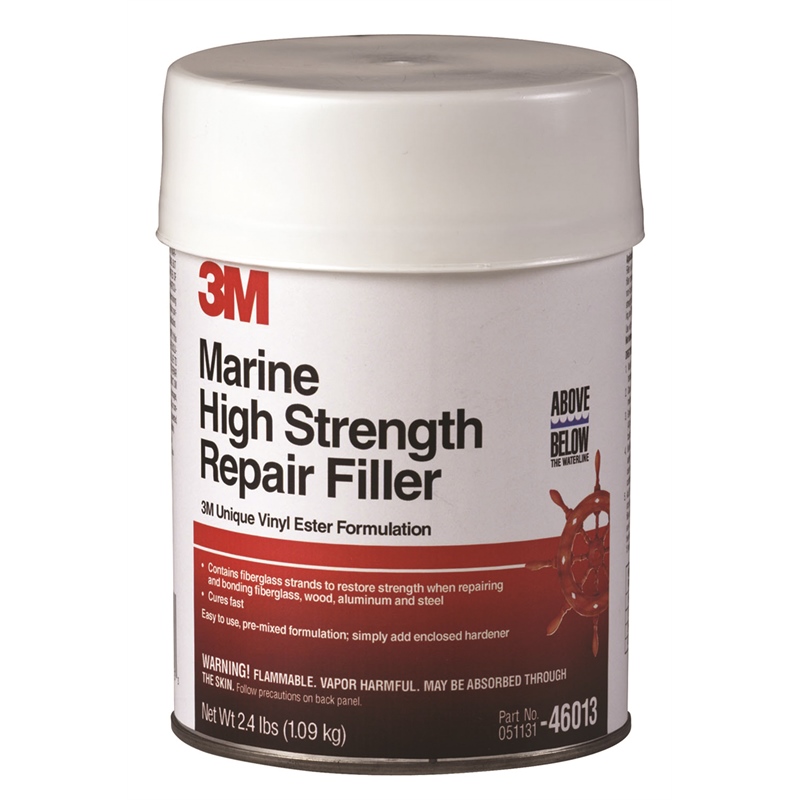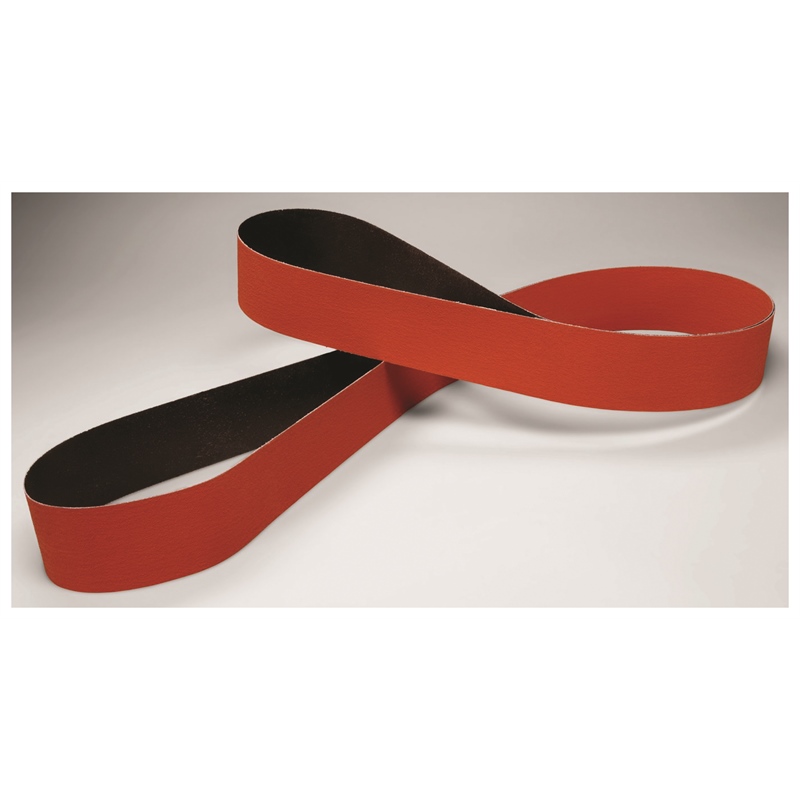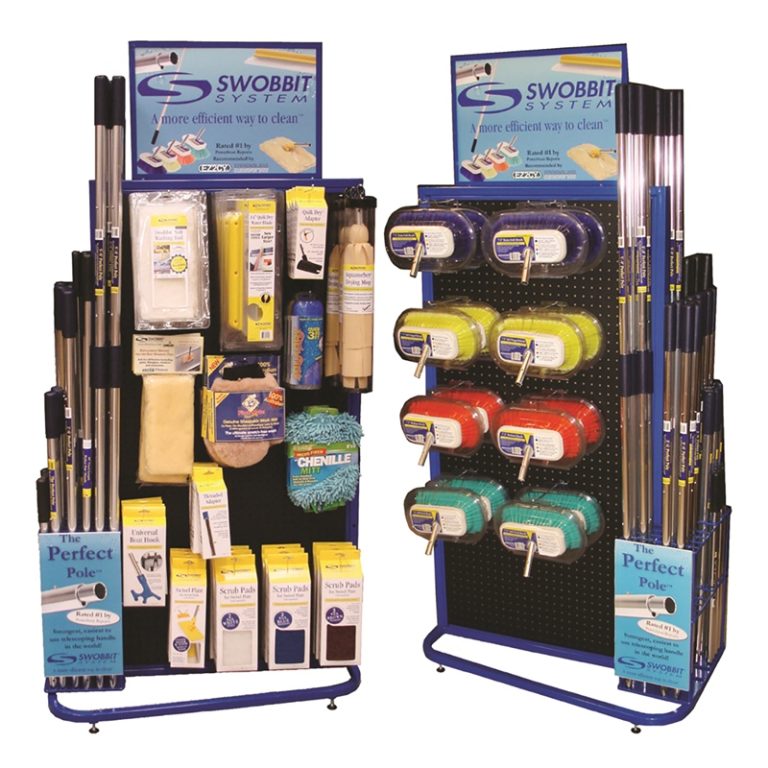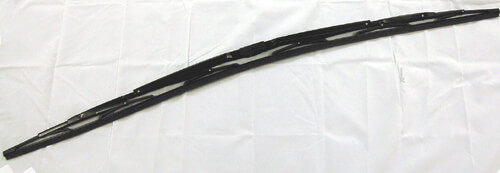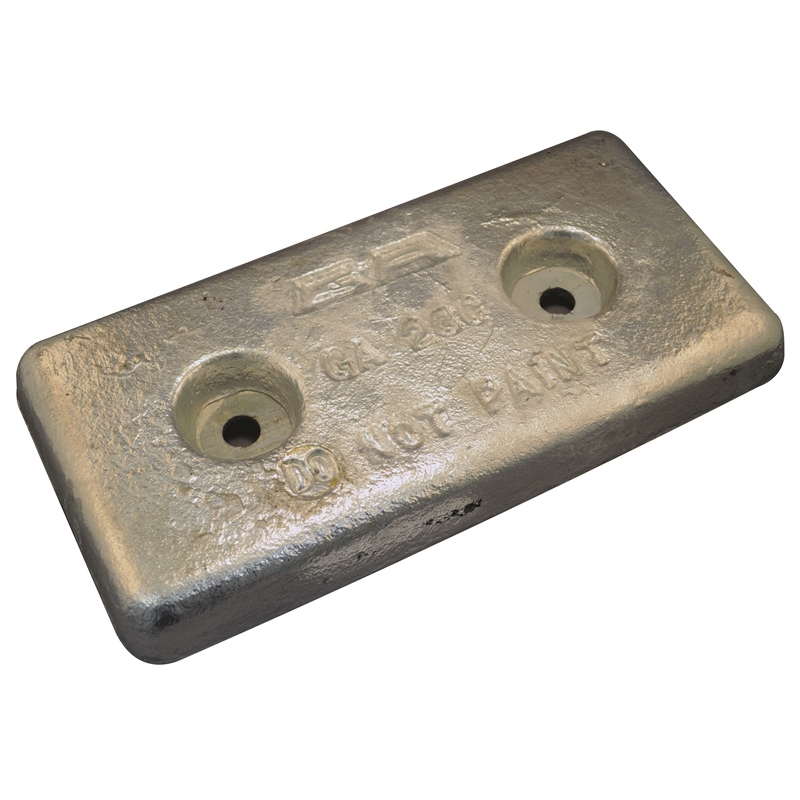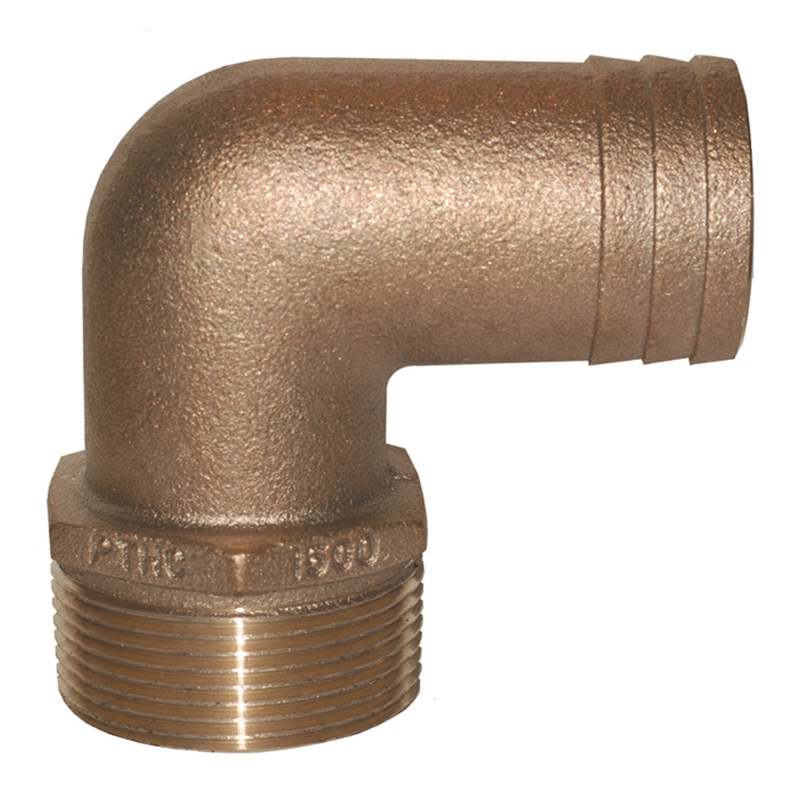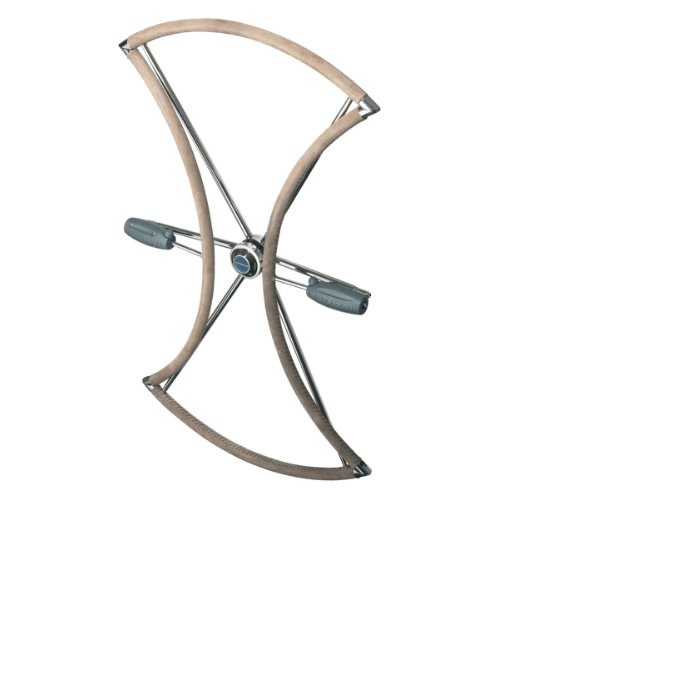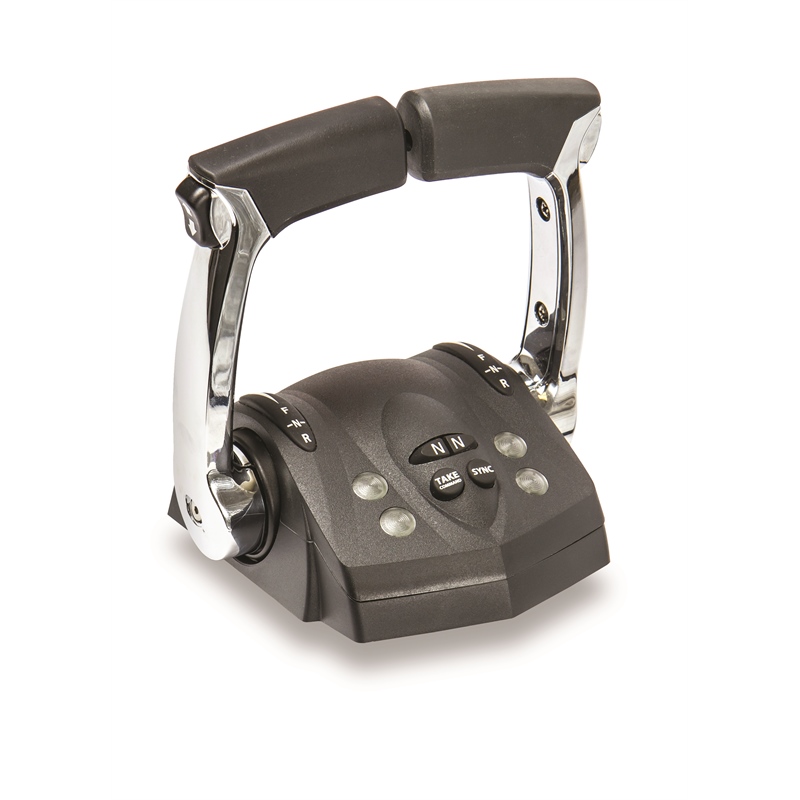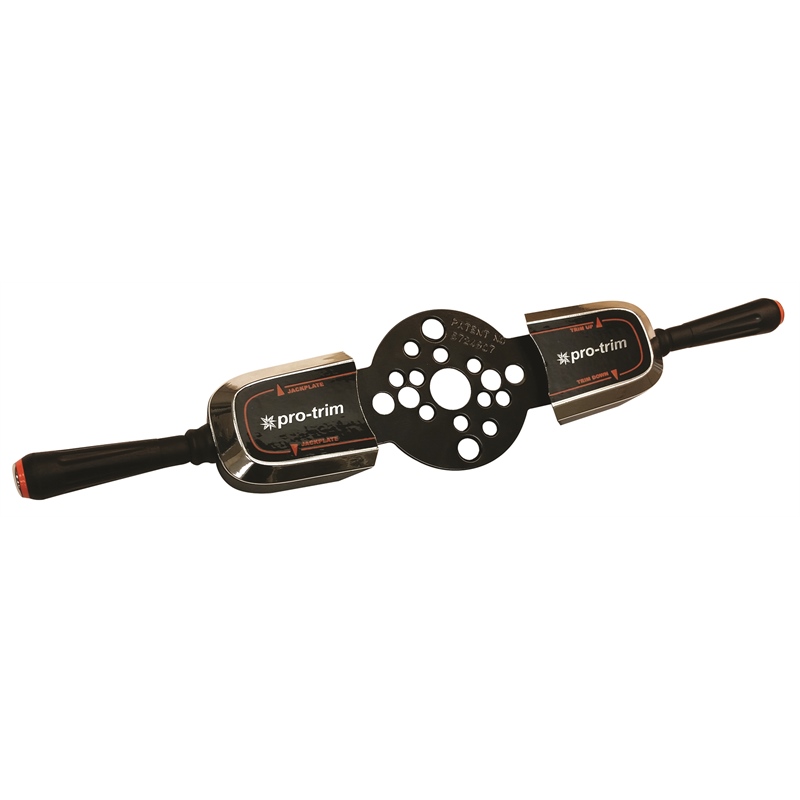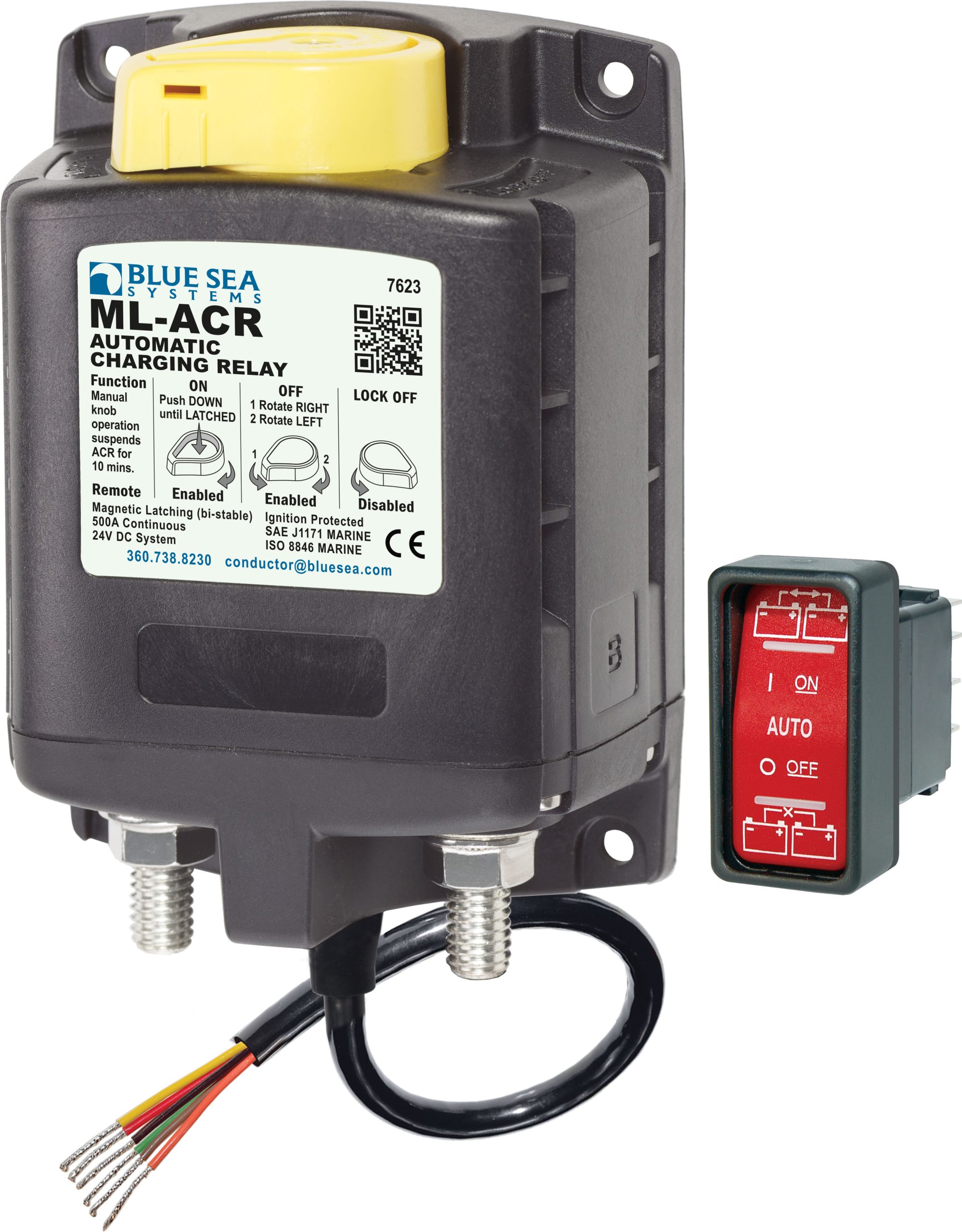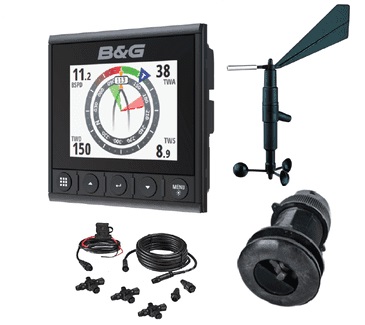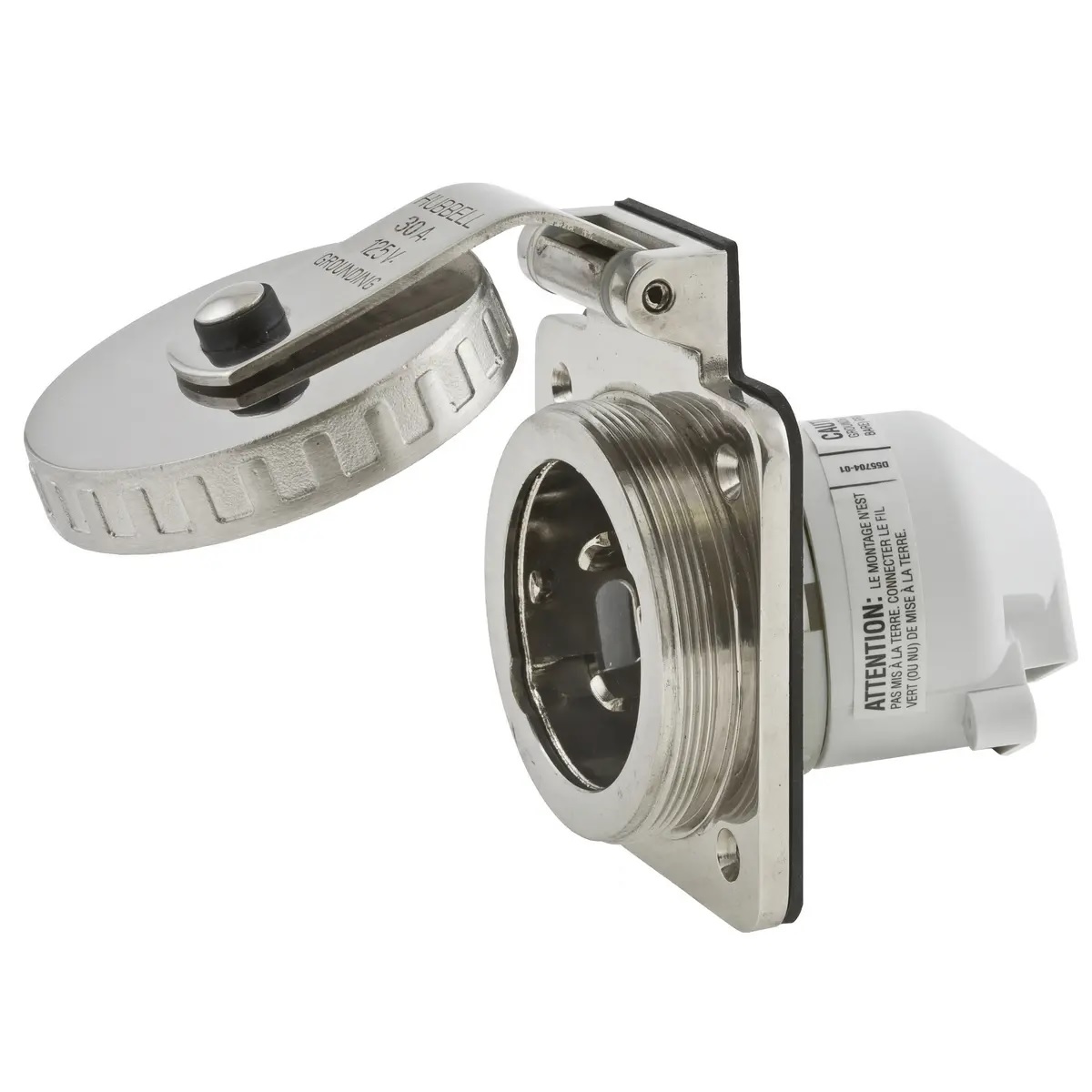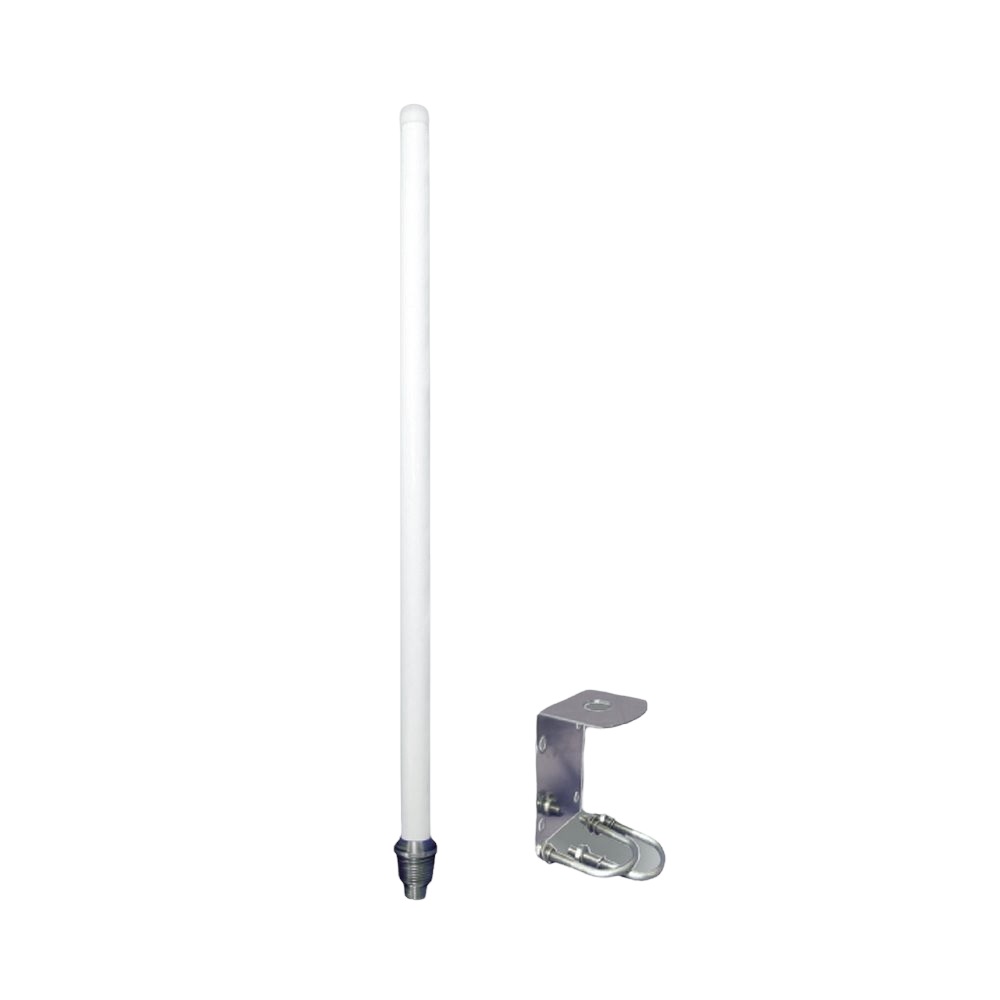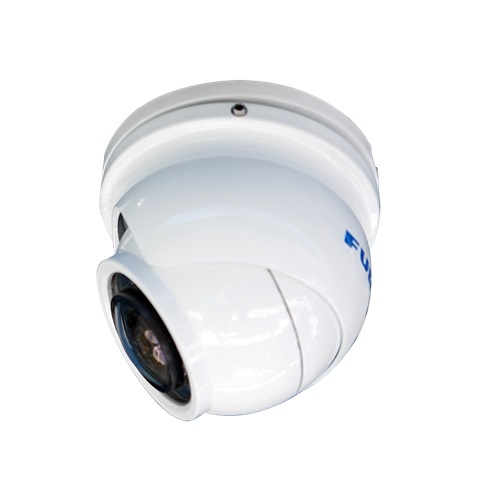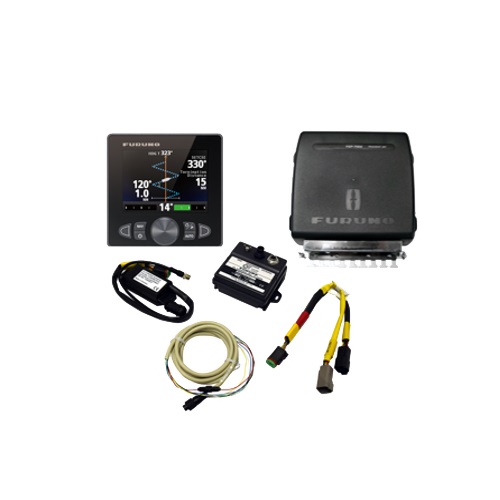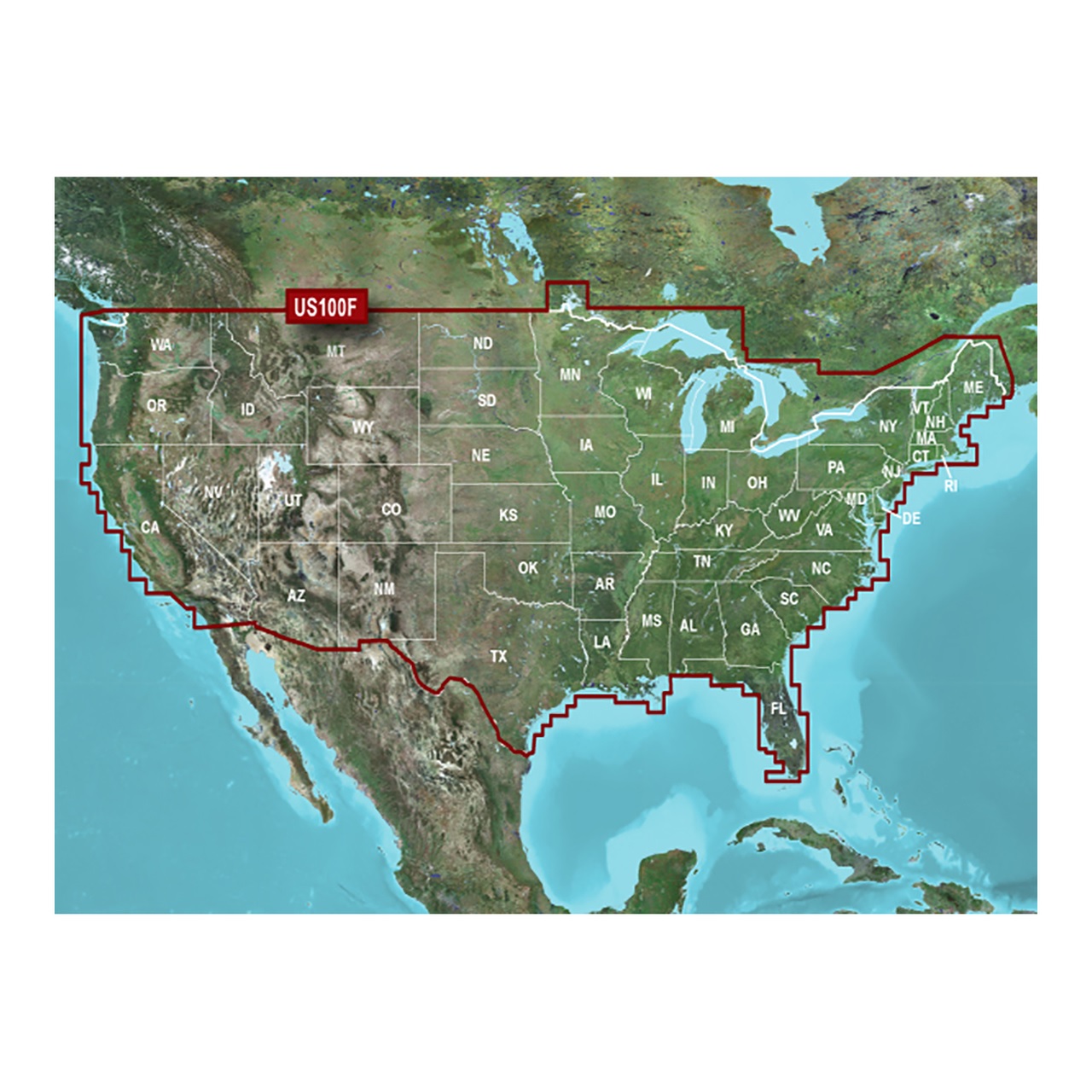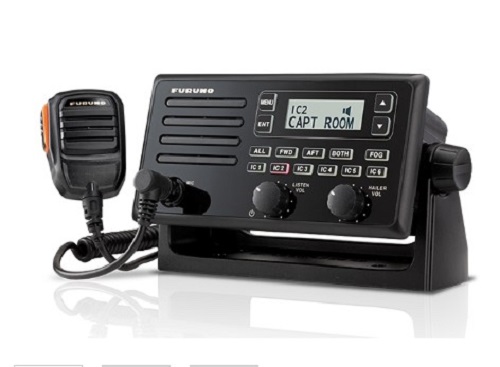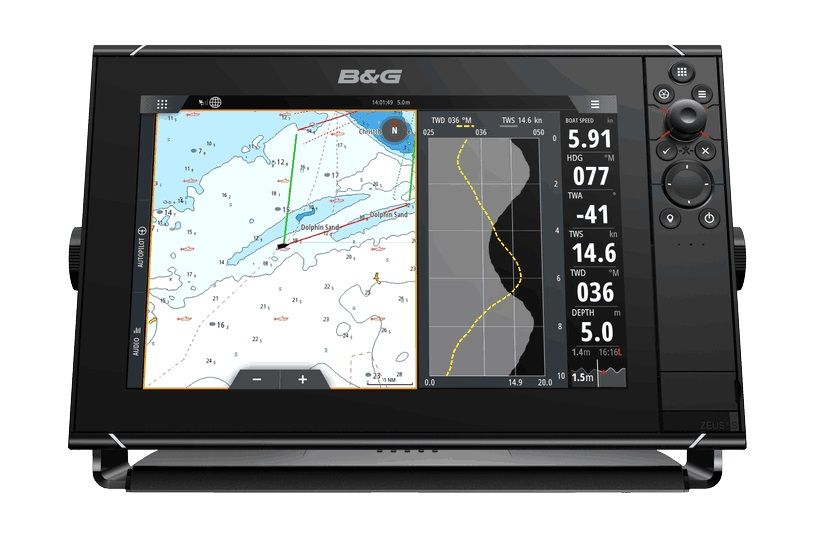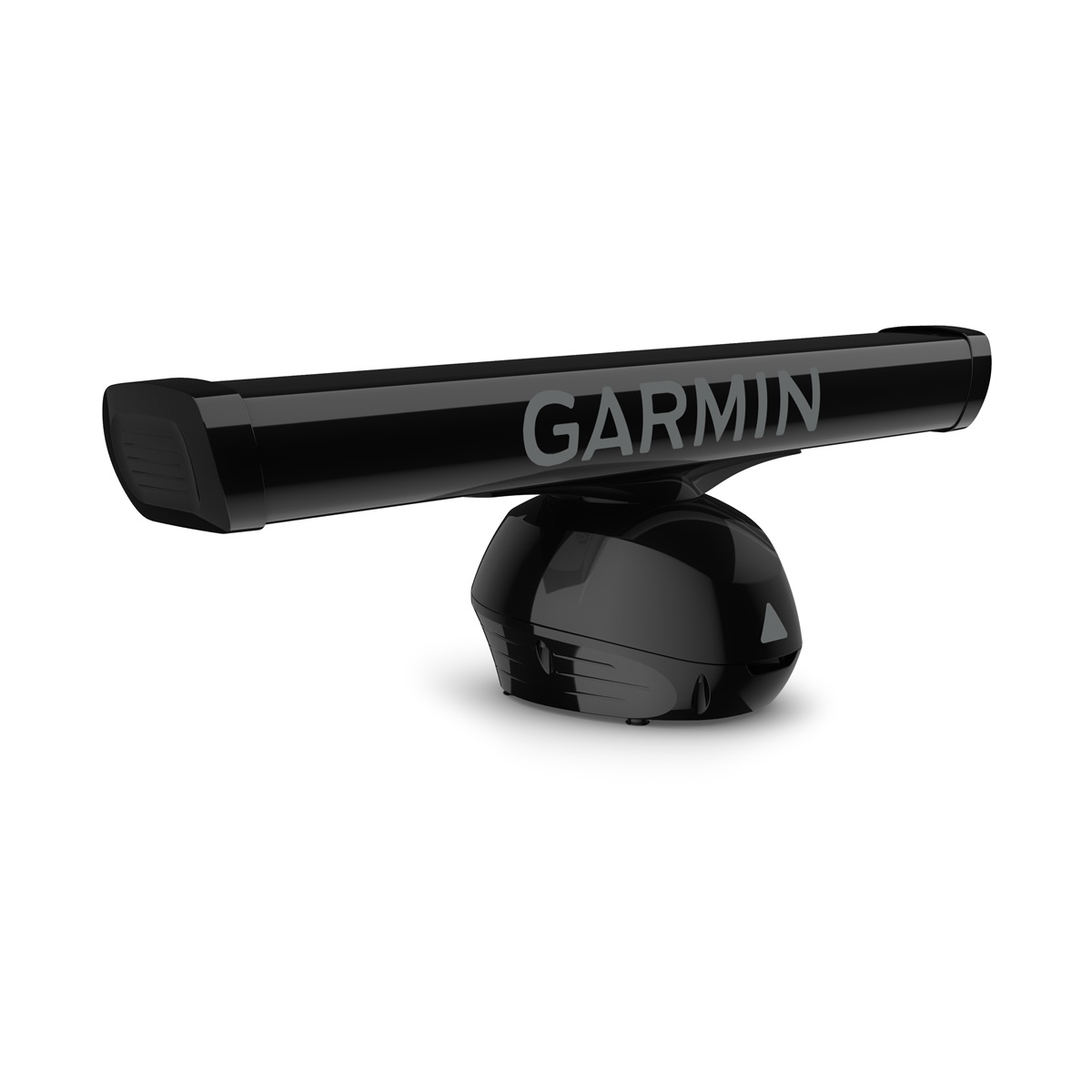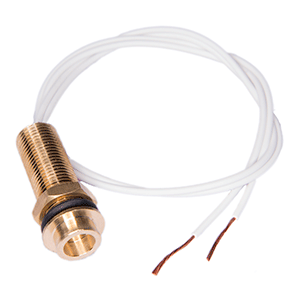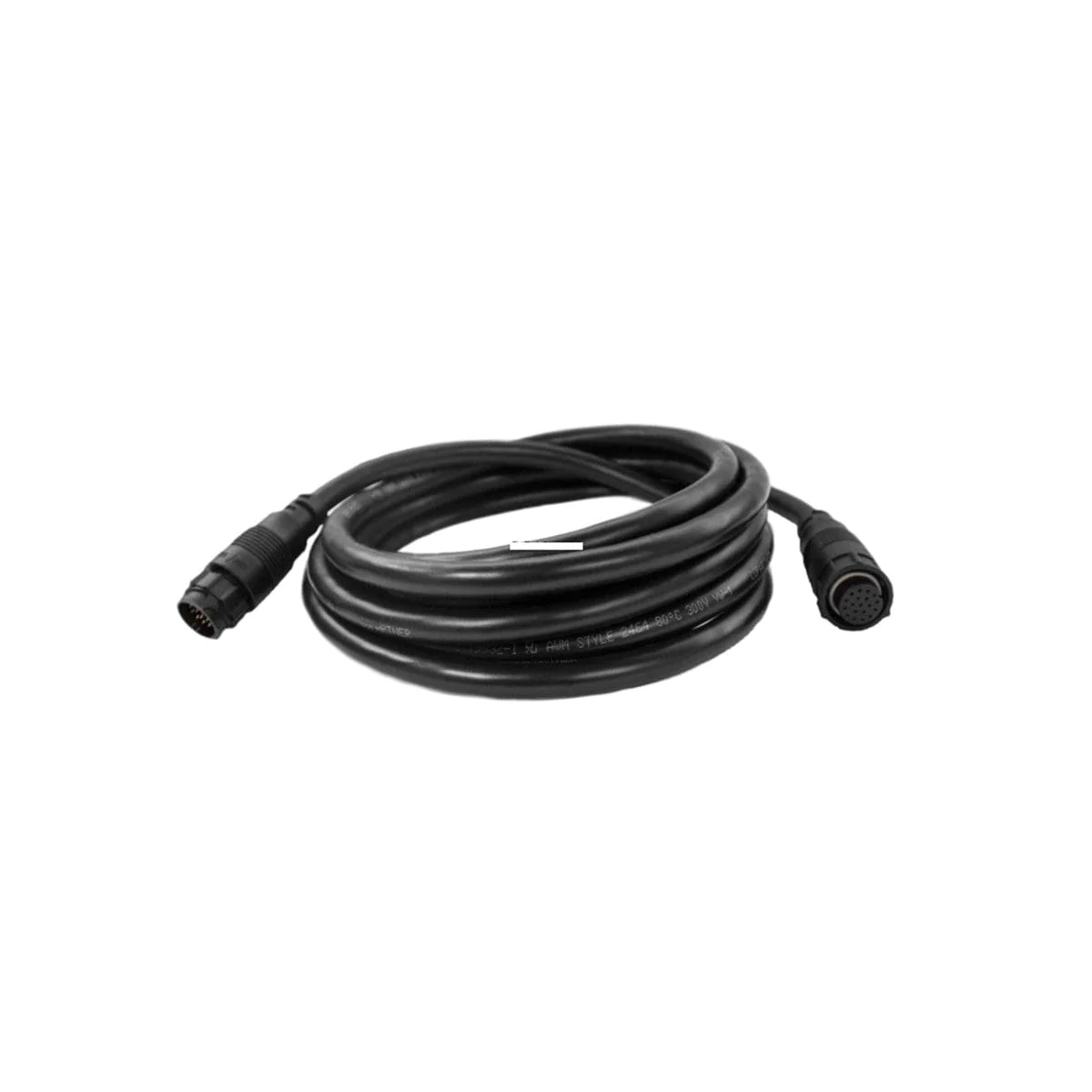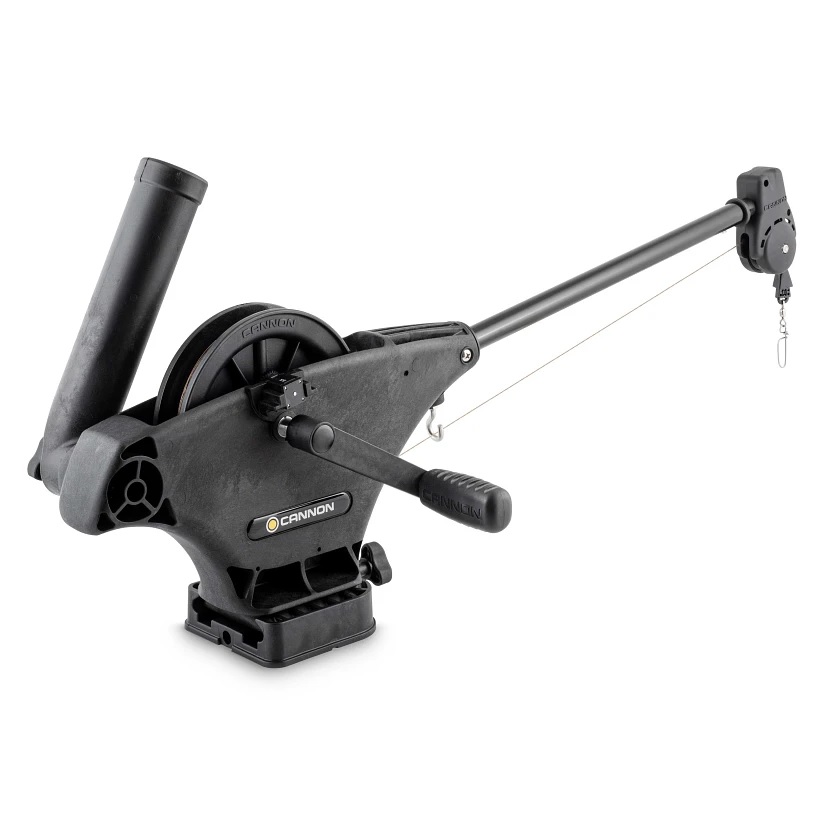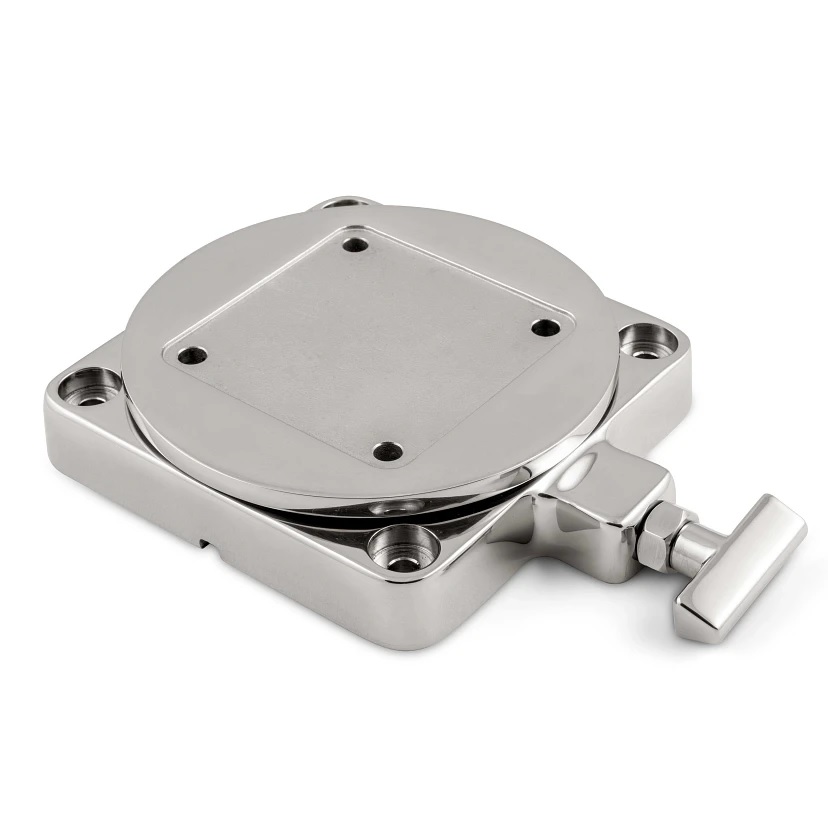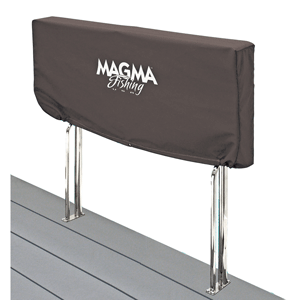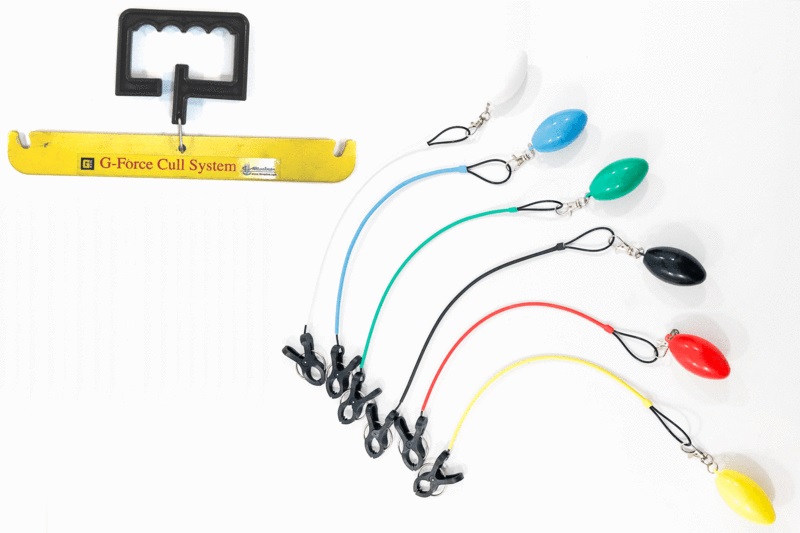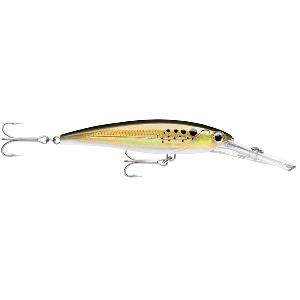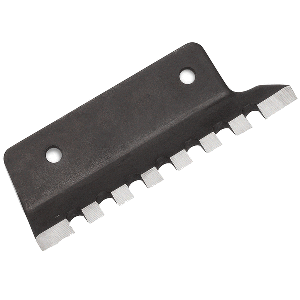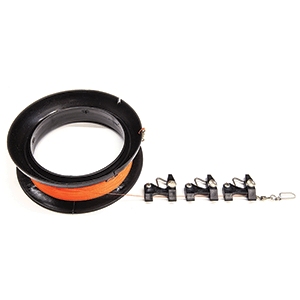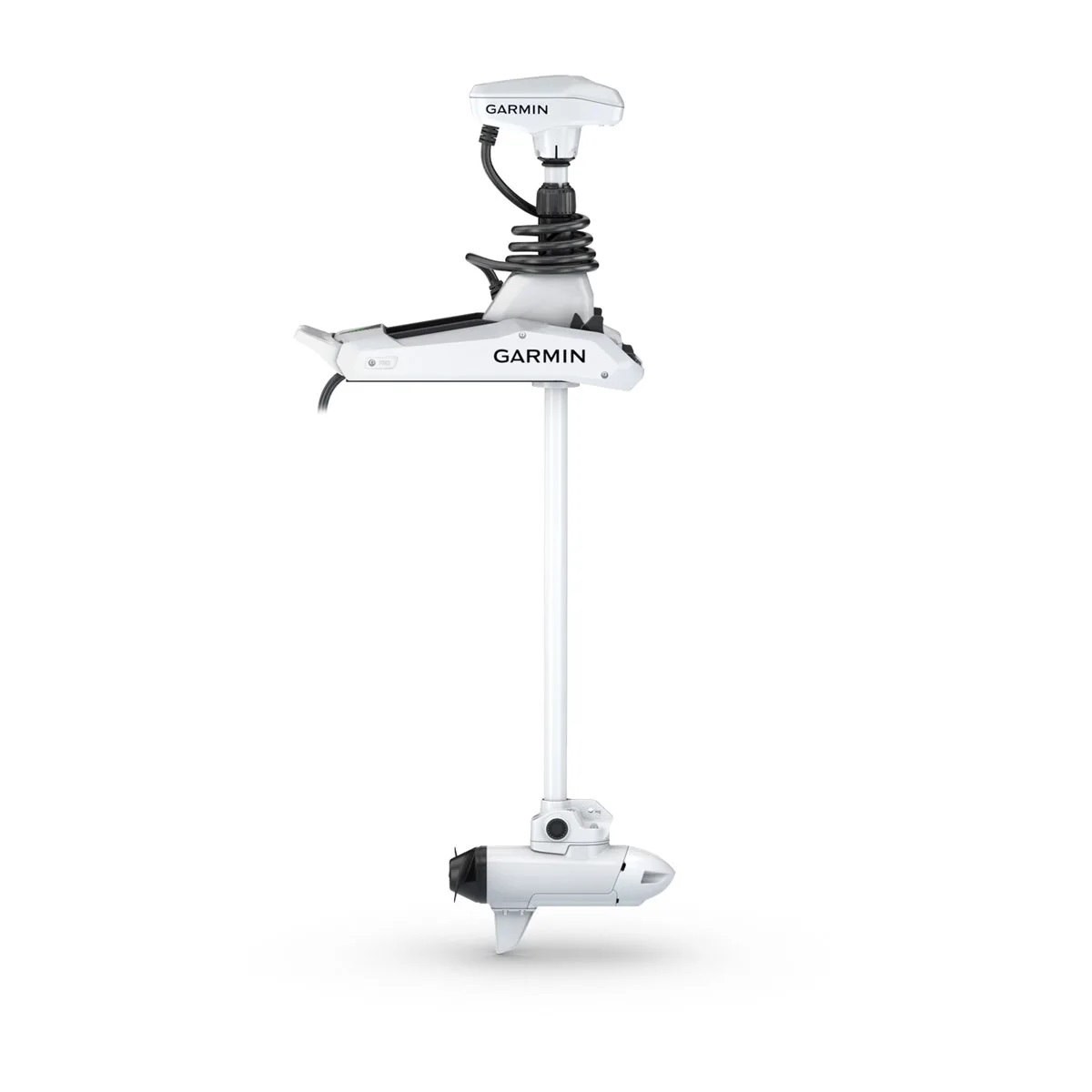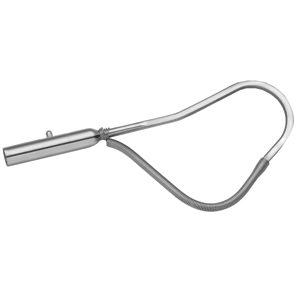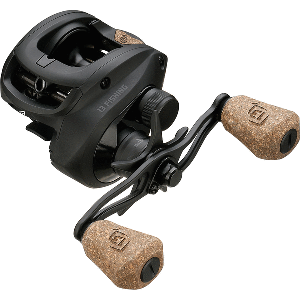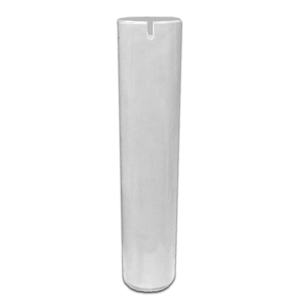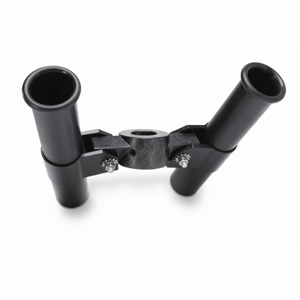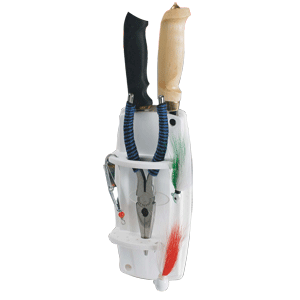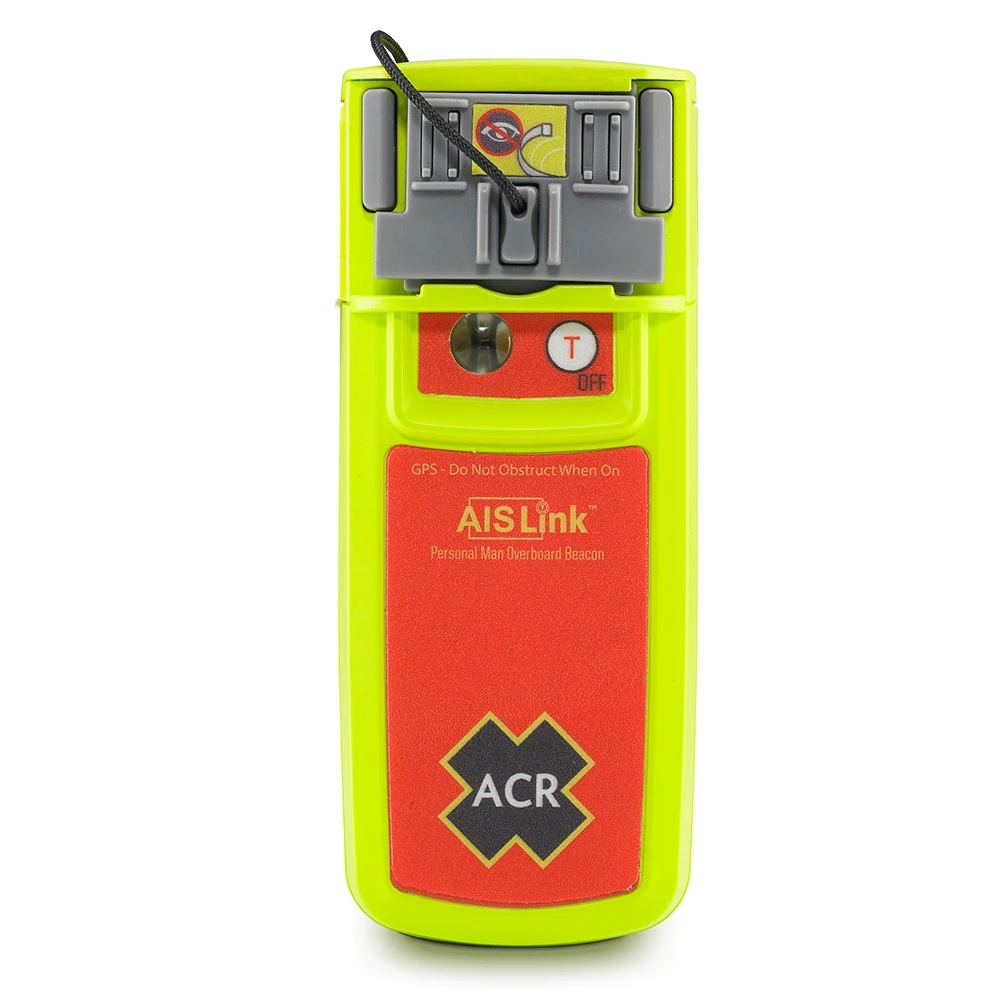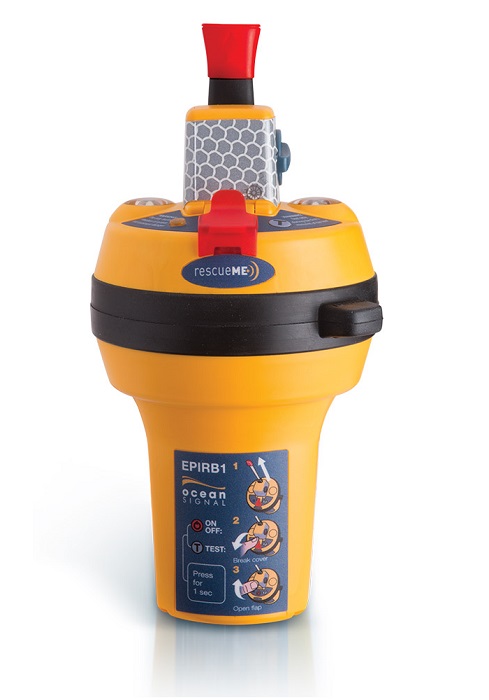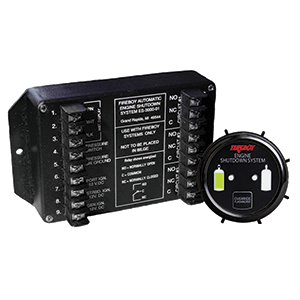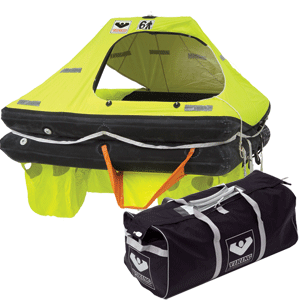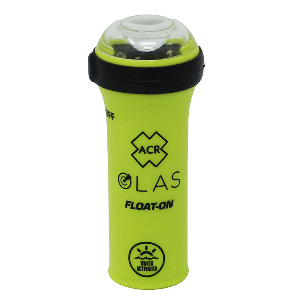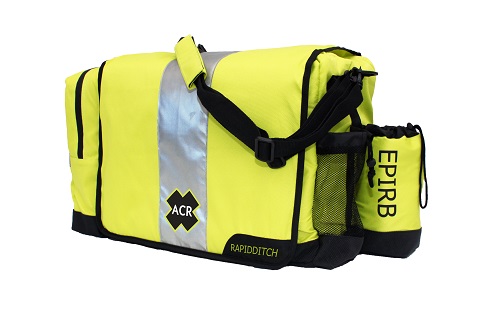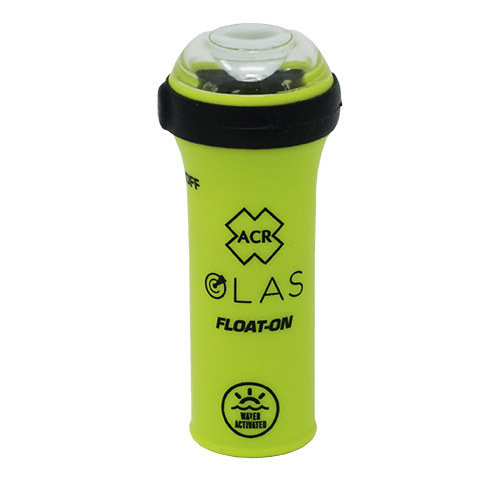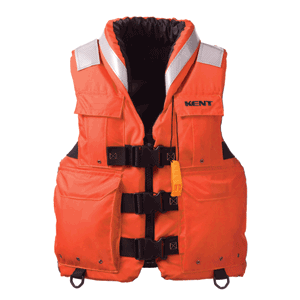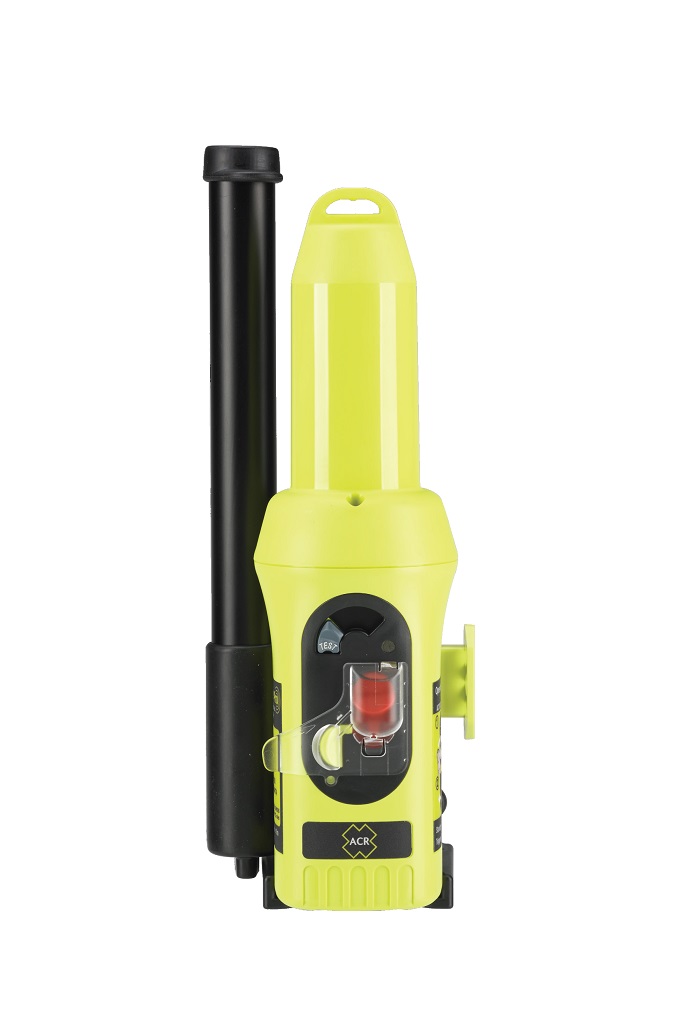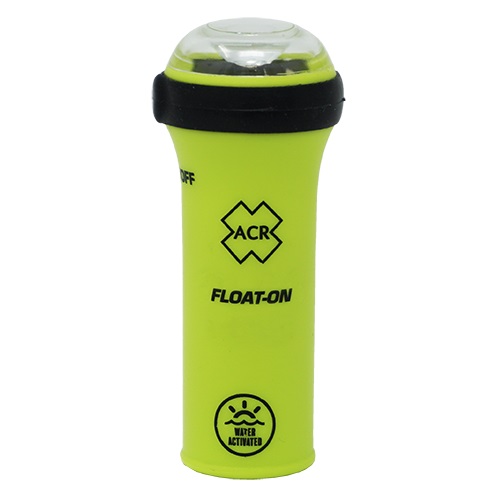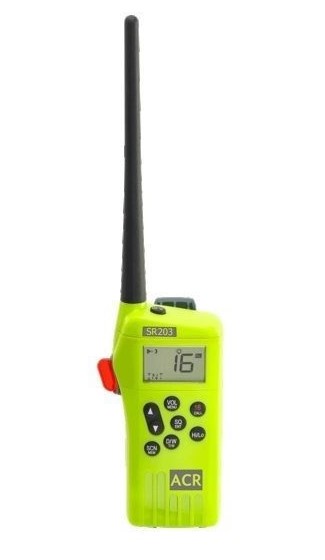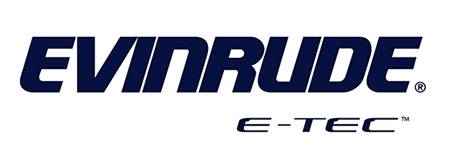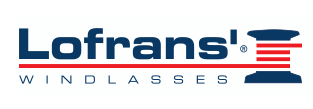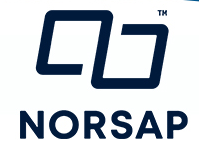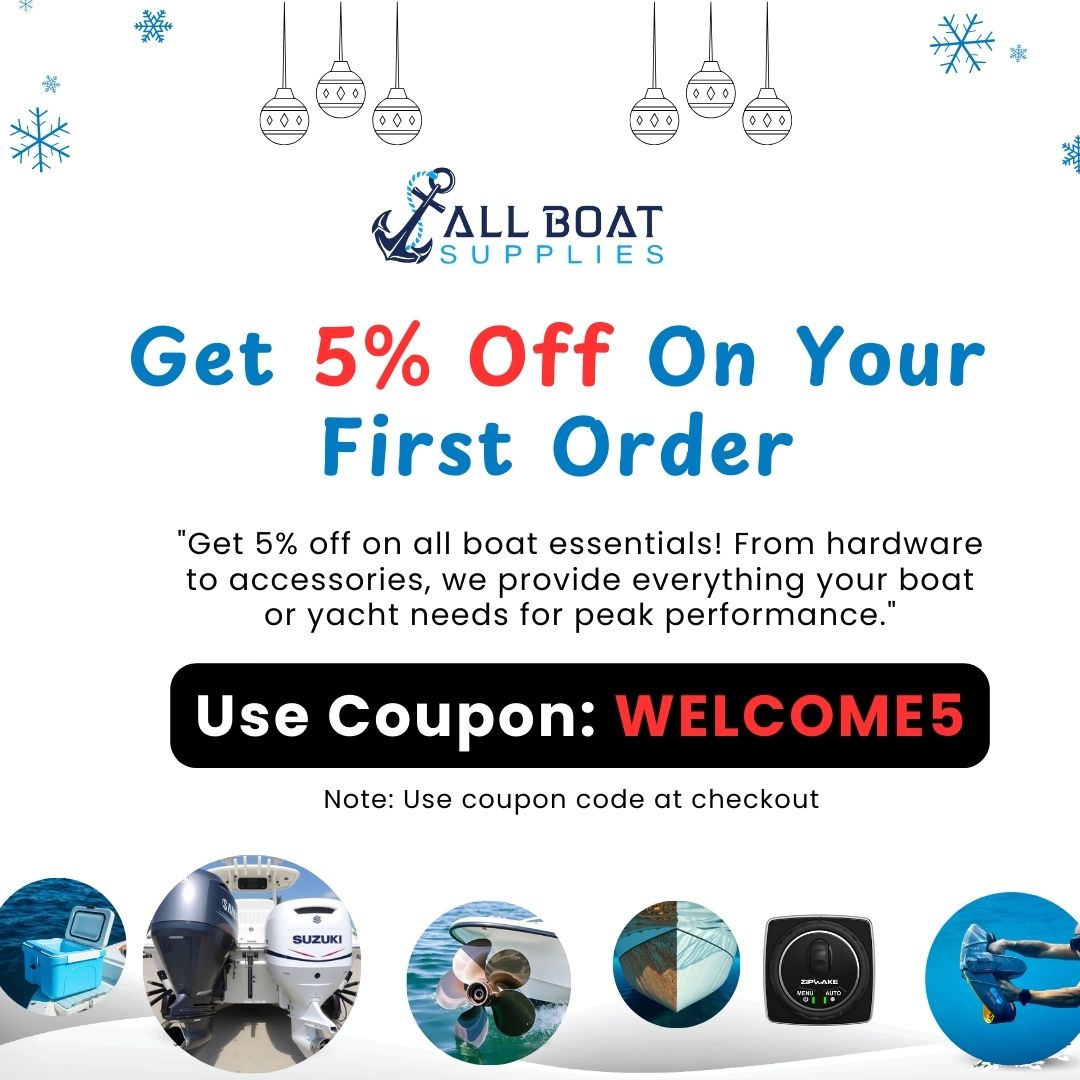OMC Shift Shaft

Introduction
The OMC Shift Shaft marine is an essential component in Evinrude and Johnson outboard engines, responsible for smooth and reliable gear shifting. Without a properly functioning shift shaft, operators may experience hard shifting, gear slippage, or even gear failure. This comprehensive guide explores installation, maintenance, troubleshooting, cost and durability, and expert insights to help boat owners keep shifting performance on point.
Whether you’re a seasoned mechanic or a DIY enthusiast, understanding the role of the shift shaft and recognizing when replacement is necessary can save you from costly downtime on the water. This article delves deep into how to install, use, and repair the OMC Shift Shaft marine and related drive shaft systems.
Overview / What Is OMC Shift Shaft
The OMC Shift Shaft marine is a metal rod that connects the control mechanism in the midsection of an outboard engine to the gearbox within the lower unit. When you move the shift lever, the shaft translates that motion to engage forward, neutral, or reverse gears. It’s a vital component within the category “Engine & Parts > Evinrude & Johnson > Evinrude Johnson OMC Drive Shafts|ST”.
Shift shafts are precision-engineered to withstand repeated stress cycles, exposure to marine elements, and corrosion from water and exhaust. A failure in this shaft can lead to erratic shifting, stuck gears, or complete loss of drive capability. Choosing a high-quality replacement guarantees reliability and seamless integration with OMC gearcases.
How to Install OMC Shift Shaft marine
Replacing the shift shaft requires disassembling the lower unit and midsection. It’s critical to follow this step-by-step process:
- Secure the engine and disconnect the battery.
- Drain lower unit oil and remove the lower unit from the midsection.
- Extract the old shift shaft and inspect the shift dog, gears, and bushings for wear.
- Lubricate the new shaft with marine-grade grease and insert it carefully.
- Reinstall shift rods, clamps, and lower unit following torque specifications.
- Test gear engagement in neutral, forward, and reverse before full assembly.
This process ensures proper alignment and prevents premature wear, a key step in how to install OMC Shift Shaft marine components effectively.
OMC Shift Shaft marine Troubleshooting Guide
If your shifting feels stiff or erratic, diagnosing the shift shaft may be necessary. Look for symptoms like delayed gear engagement, unusual noises, or difficulty shifting under load.
- Stiff or sticky shifting: Could indicate corrosion or bent shaft.
- Gear slippage: A worn shift shaft or bushing might not fully engage gears.
- No gear engagement: The shaft could be broken or misaligned.
Follow this quick troubleshooting checklist:
- Inspect shaft binding within its bushings.
- Check rod alignment and linkage for wear.
- Replace corroded or damaged components.
- Apply proper lubrication before reassembly.
- Test thoroughly after reinstallation.
Maintenance Tips
Routine inspection and lubrication are key to extending the lifespan of the OMC Shift Shaft marine. Follow these maintenance tips:
- Inspect every 100 engine hours or annually.
- Rinse with fresh water post saltwater use.
- Lubricate shift shaft with marine grease during seasonal tune-ups.
- Replace worn bushings or collars early to prevent shaft damage.
By adhering to these guidelines, you reduce the risk of mid-season failures and avoid emergency repairs on remote water bodies.
OMC Shift Shaft marine Cost and Durability
Shift shafts are relatively affordable, typically ranging from $30 to $80 depending on model and OEM vs aftermarket. Despite their low cost, their durability can span years when properly maintained. Compared to gearbox replacements that can cost hundreds, replacing a shift shaft is a cost-effective way to restore shifting functionality.
The lifespan of an OMC shift shaft is influenced by usage patterns, environmental exposure, and maintenance practices. For vessels regularly used in saltwater environments, biannual inspections and lubrication are recommended to ensure longevity.
Expert Advice and Pro Recommendations
Experienced marine mechanics recommend always sourcing shafts from reputable suppliers. Subpar parts may fit but fail under peak torque or cold weather. Here’s what the pros say:
- Verify OEM part numbers: Ensure compatibility with your OMC gearcase and engine year/model.
- Bundle replacements: When replacing the shift shaft, also inspect seals, bushing kits, and shift dogs.
- Keep a spare: A backup shift shaft onboard can save you from immobilization during long voyages.
Buy now: OMC Shift Shaft and use 5% off code WELCOME5.
Advanced Topic: Compatibility Across OMC Drive Shafts
OMC offers various drive shafts and shift shaft assemblies depending on engine horsepower and horsepower ranges. When selecting an OMC shift shaft, it’s essential to verify compatibility not only by year but also by gearcase housing design. Interchanging between Evinrude and Johnson models may require adapters or entirely different part numbers.
Cross-reference your part number with published OMC manual charts or consult expert parts suppliers to avoid mismatches. This reduces the risk of breakage and ensures proper fitment.
Advanced Topic: Best OMC Shift Shaft marine Options
When considering which shift shaft to buy, evaluate OEM vs aftermarket, coated vs plain metal versions, and warranty offerings:
- OEM shafts: Guarantee fit and finish but come at a higher price.
- Aftermarket premium shafts: Often coated with corrosion-resistant materials like black oxide or chrome.
- Economy shafts: Budget-friendly but typically lack extended warranties or advanced coatings.
Choose based on your boating environment—coastal or fresh water—to balance cost and durability.
Detailed FAQ Section
What is an OMC Shift Shaft and why is it important?
The OMC Shift Shaft marine is integral to outboard motors by linking the shift lever to the gearbox. When you operate the shift lever, this shaft moves forward or backward, engaging internal clutches to switch between forward, neutral, and reverse. Its importance lies in its precise function: misalignment, corrosion, or wear can lead to gear disengagement, vibration, or engine failure. Understanding its role is essential for troubleshooting and replacement, especially when considering how to install or repair the OMC shift shaft on your marine engine.
How to install the OMC Shift Shaft marine – a step-by-step guide?
Installation involves removing the lower unit, extracting the old shift shaft, and inserting the replacement. Before starting, ensure you have the correct model and tools, such as sockets, torque wrench, and marine grease. The key steps:
- Drain lower unit oil and remove bolts.
- Separate the lower unit and locate the shift shaft connecting parts.
- Remove old shaft, clean contact areas, and inspect shift dogs and bushings.
- Apply grease, insert the new shaft, align shift rods and reassemble.
- Torque bolts per specification and test shifting in forward, neutral, and reverse before water testing.
This detailed process makes the task manageable even for skilled DIYers, exemplifying “how to install OMC shift shaft marine” solutions.
What are the best OMC Shift Shaft marine options available?
Choosing the best shift shaft means balancing quality, price, and environmental conditions. OEM shafts match factory standards but cost more. Premium aftermarket shafts with coating offer corrosion resistance at lower cost. Plain economy shafts are workable for occasional freshwater use. Additionally, some manufacturers supply upgrade shafts featuring stainless cores or hardened surfaces for durability. Always verify part numbers and shaft compatibility with your specific drive assembly.
How to troubleshoot shift shaft problems on OMC drives?
Troubleshooting steps include inspecting the shaft movement: shift into each gear and check for smooth, positive engagement. Resistance often indicates corrosion or bent shaft. A slushy feel may point to worn bushings. Removing the lower unit allows you to visually inspect the shaft for rust, pitting, or bends. Lubricate shafts and bushings before reassembling. If problems persist, check internal gearbox components like dogs and shift rails. This troubleshooting process is key to diagnosing common gearcase issues and restoring reliable shifting.
What is the cost and durability of an OMC Shift Shaft marine and how to maintain it?
OMC shift shafts are priced between $30 and $80. Durability depends on regular maintenance: rinsing freshwater after salt use, lubricating annually, and inspecting for wear. A well-maintained shift shaft can last multiple seasons. Avoiding neglect and replacing worn bushings early prevents damage to the shaft and gearbox. The overall cost of replacement is minimal compared to the expense of gearbox repairs or full lower unit replacement. Thus, routine attention ensures lasting durability and reduced repair bills.
Conclusion
The OMC Shift Shaft marine is a small but vital part of the outboard drivetrain. With the right installation, regular maintenance and quality parts, it ensures seamless shifting and reliable engine operation. Whether you’re a professional tech or a DIY boater, staying informed about best practices and troubleshooting techniques will keep your marine engine running smoothly.
Invest in quality shafts, use the tips here, and enjoy confident, trouble-free time on the water.
Special Offer
WELCOME5 – Get 5% off storewide at allboatsupplies.com
🚀 Instant Assistance: Need help selecting the right product? Drop your contact in the chatbox at the bottom right corner, and our expert team will reply within 30 minutes with the best product suggestion for your boat — including a ready-to-use checkout link. We’re fast, knowledgeable, and always here for your boating needs!
No more guesswork — just message us and get a personalized checkout link for your antifouling system, fast!
Explore Our Best-Selling Ultrasonic Antifouling Products:
Buy now
Let us handle the hassle — expert support, quick replies, and smooth checkout. Your boat deserves the best.
Read More
For more helpful marine maintenance guides, check out our article on Rubex L4 (15.25 x 20″) Solas RH Propeller, 9573-153-20.


